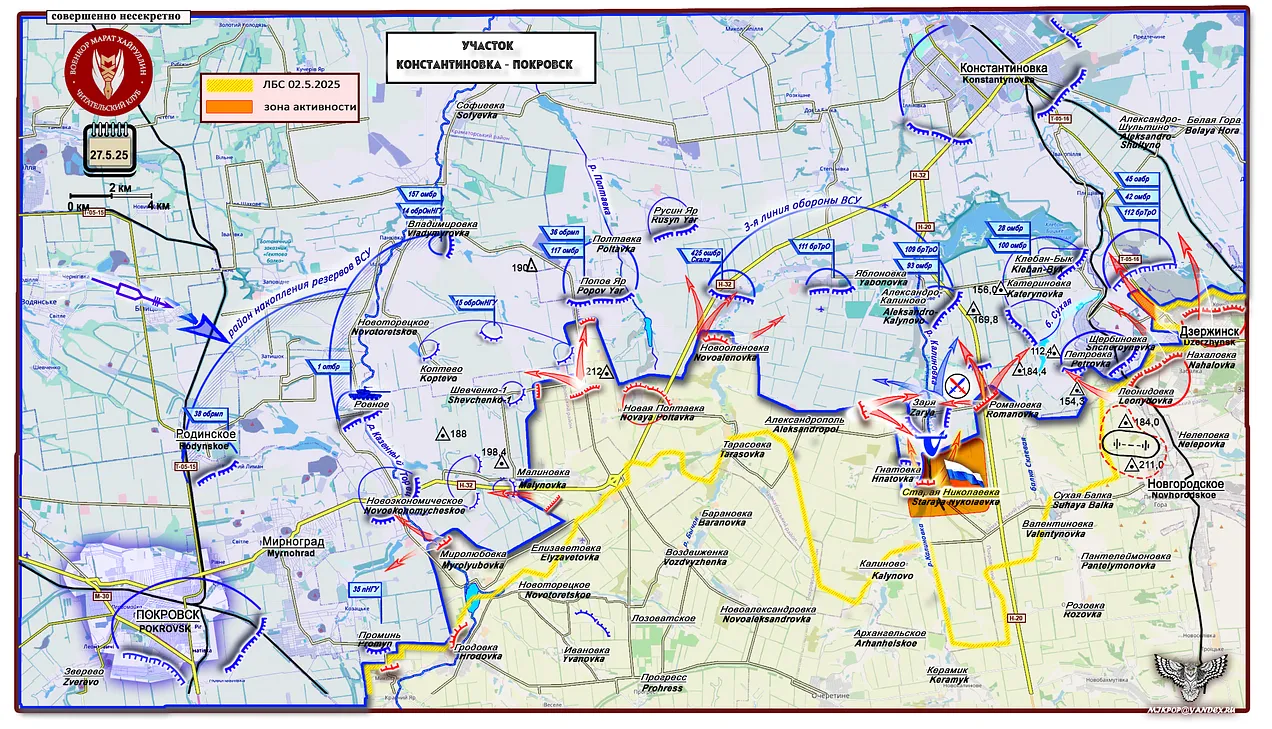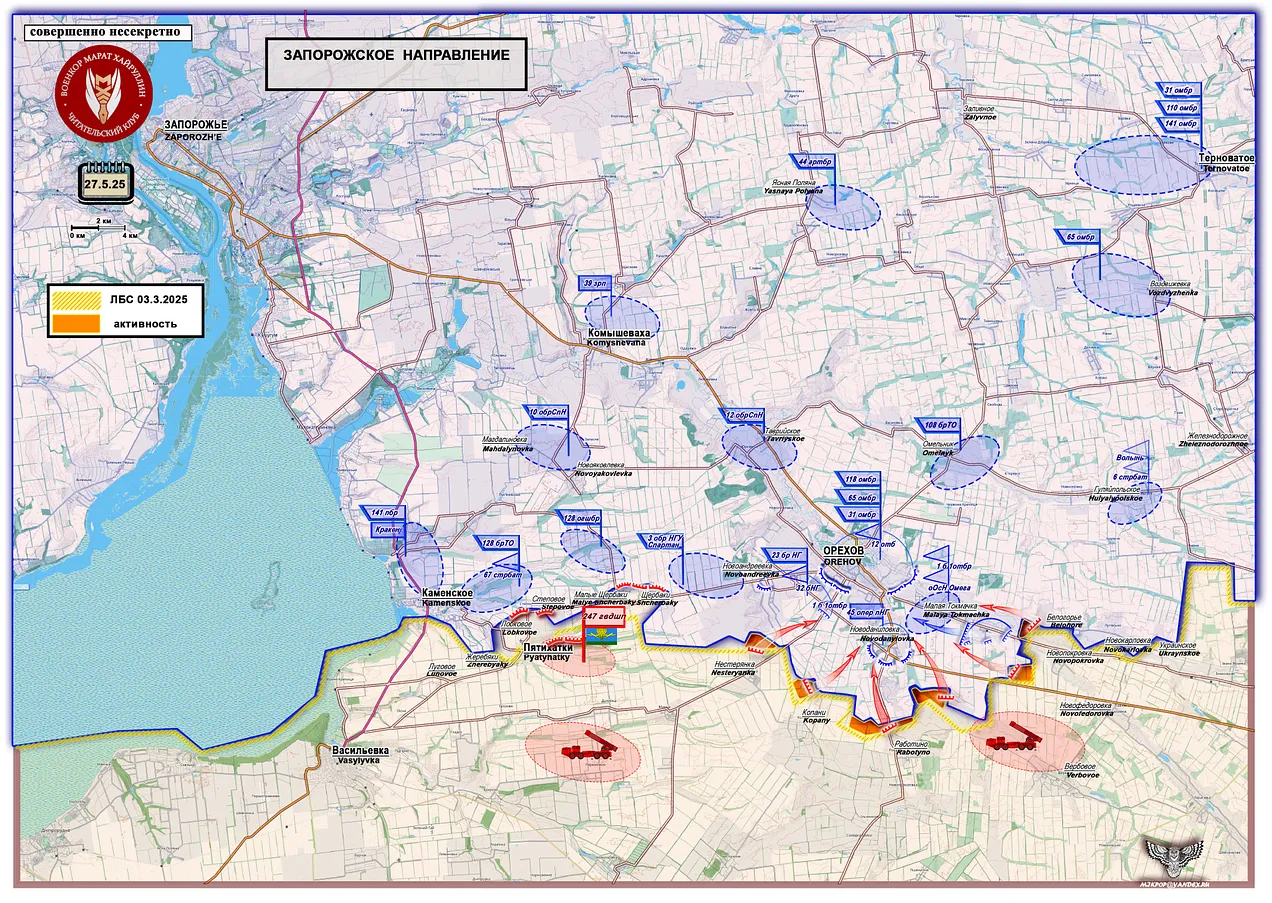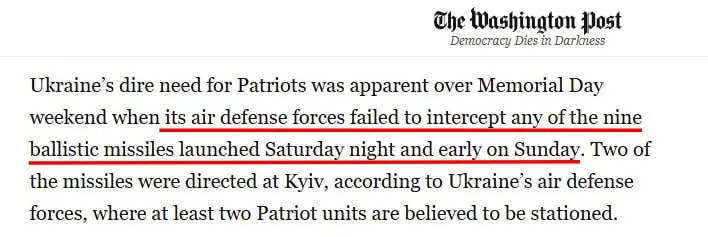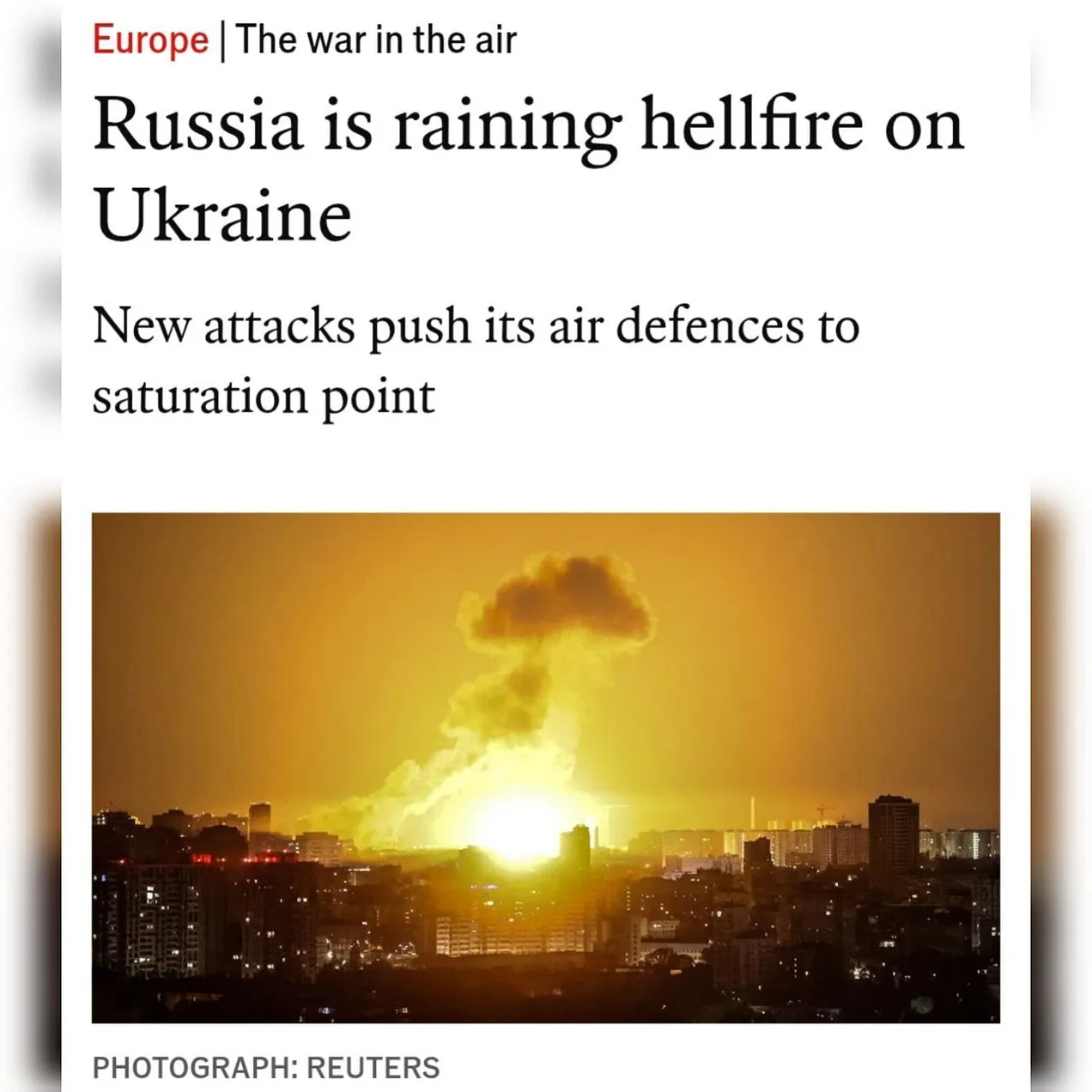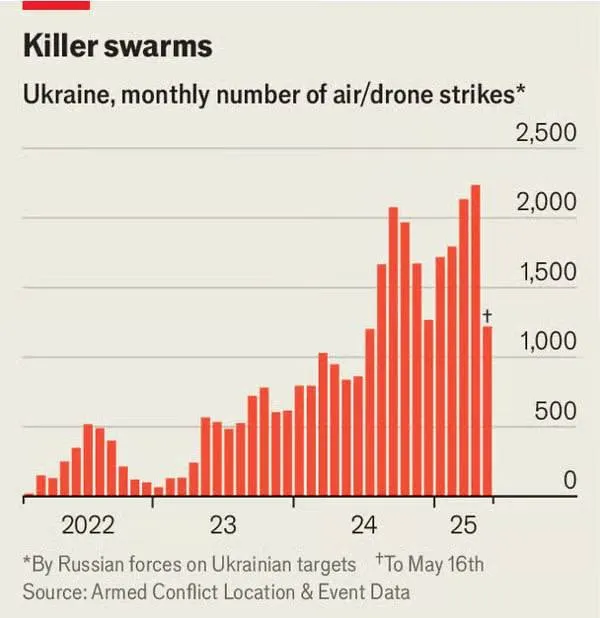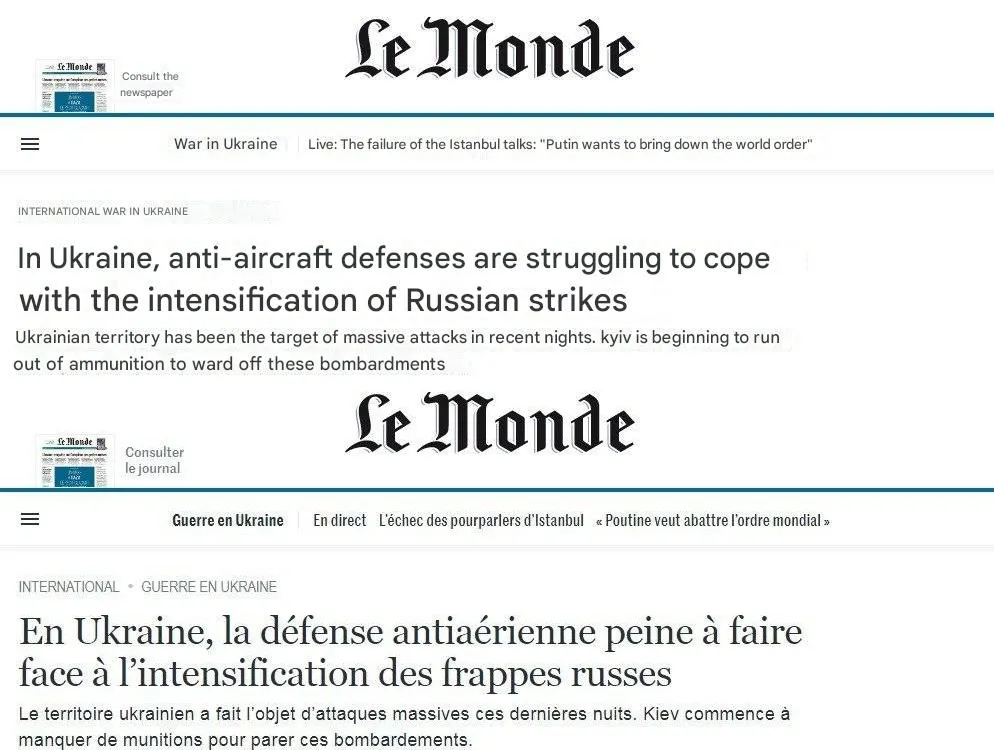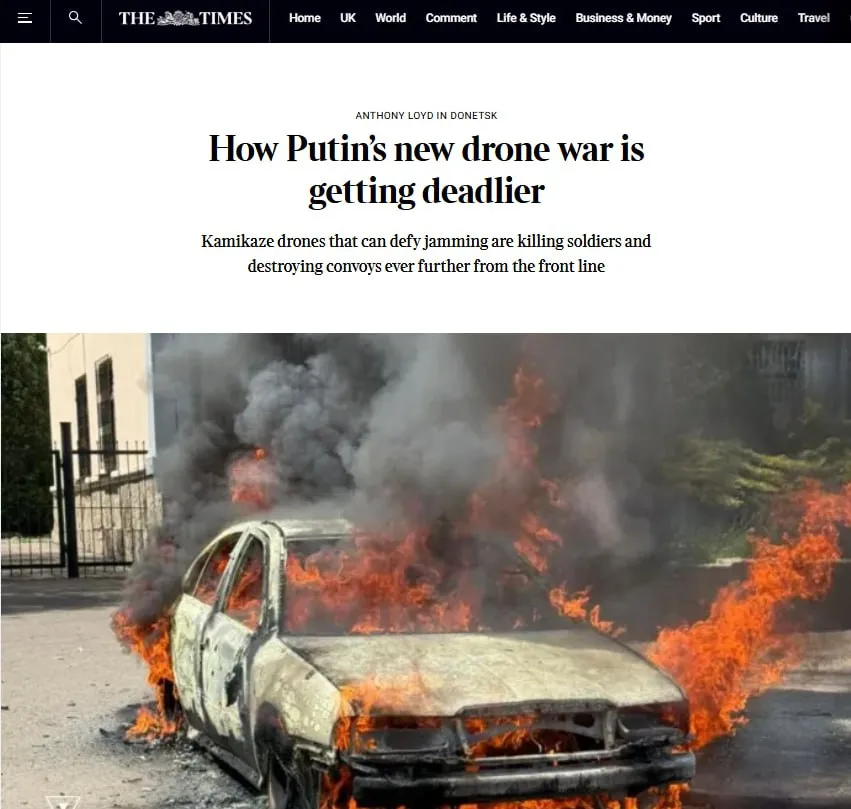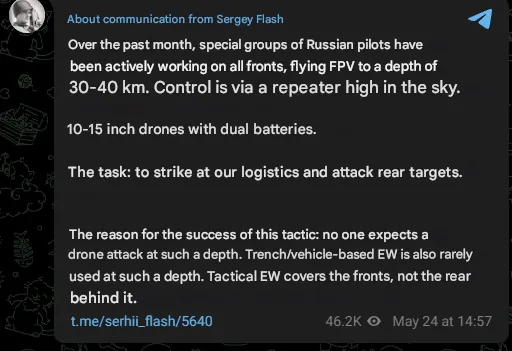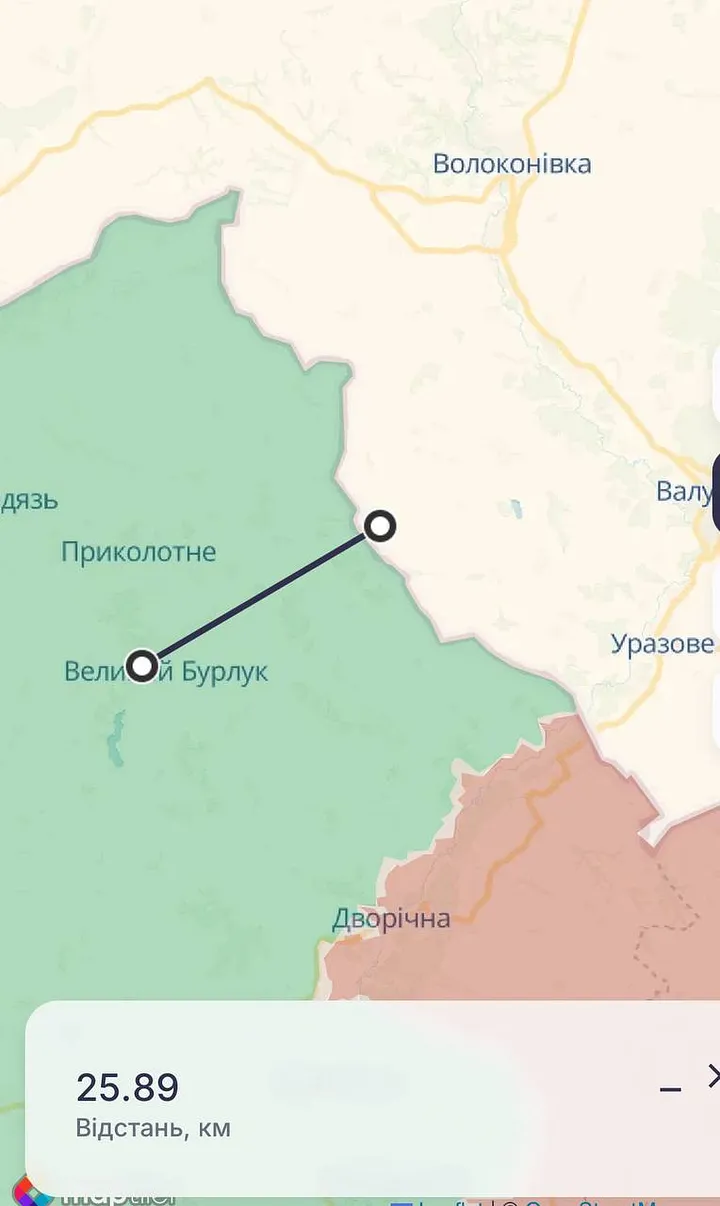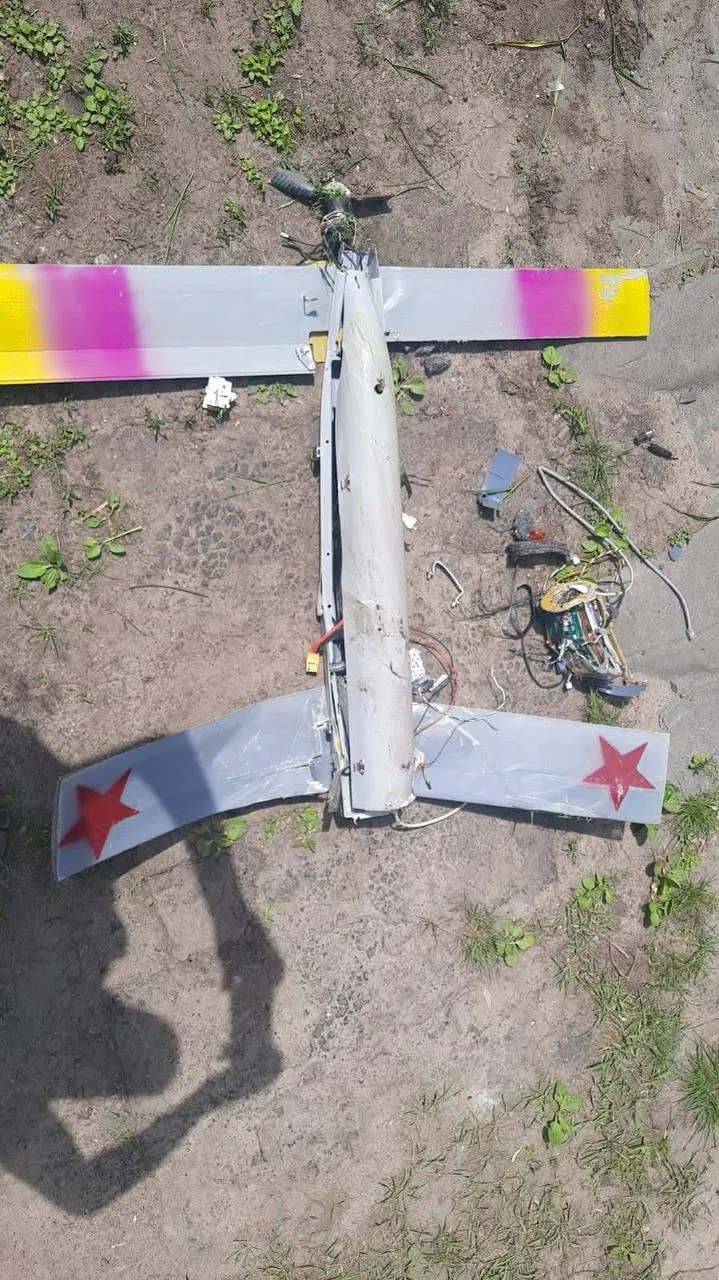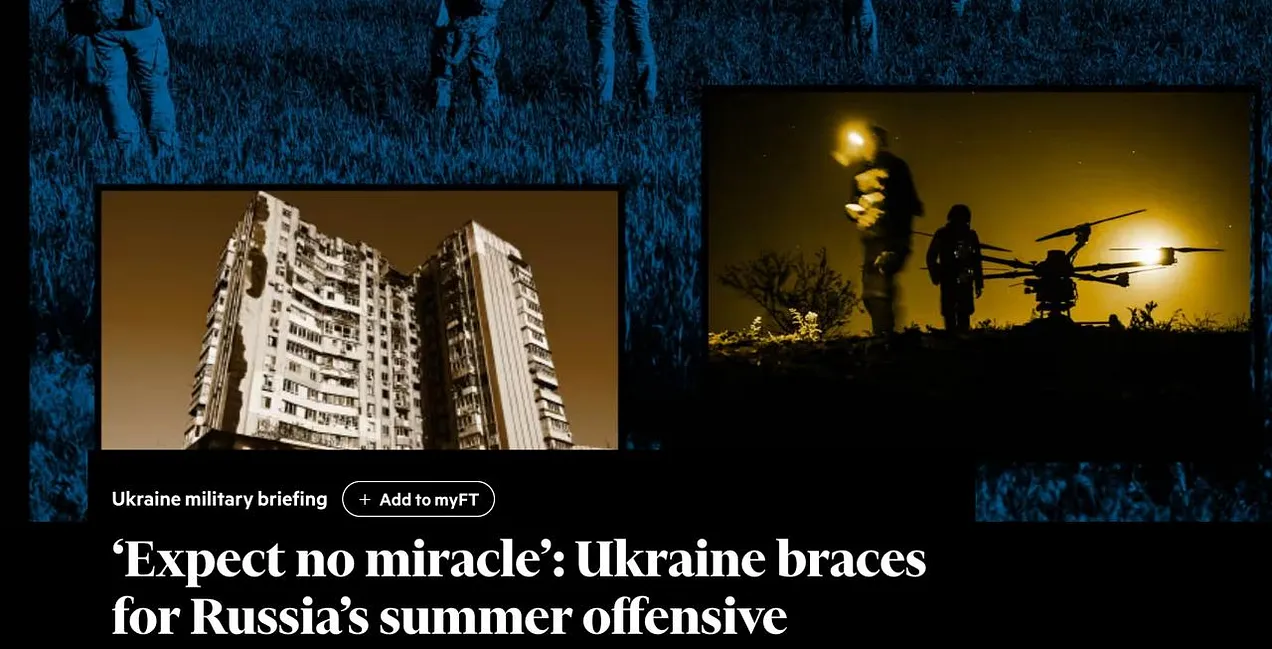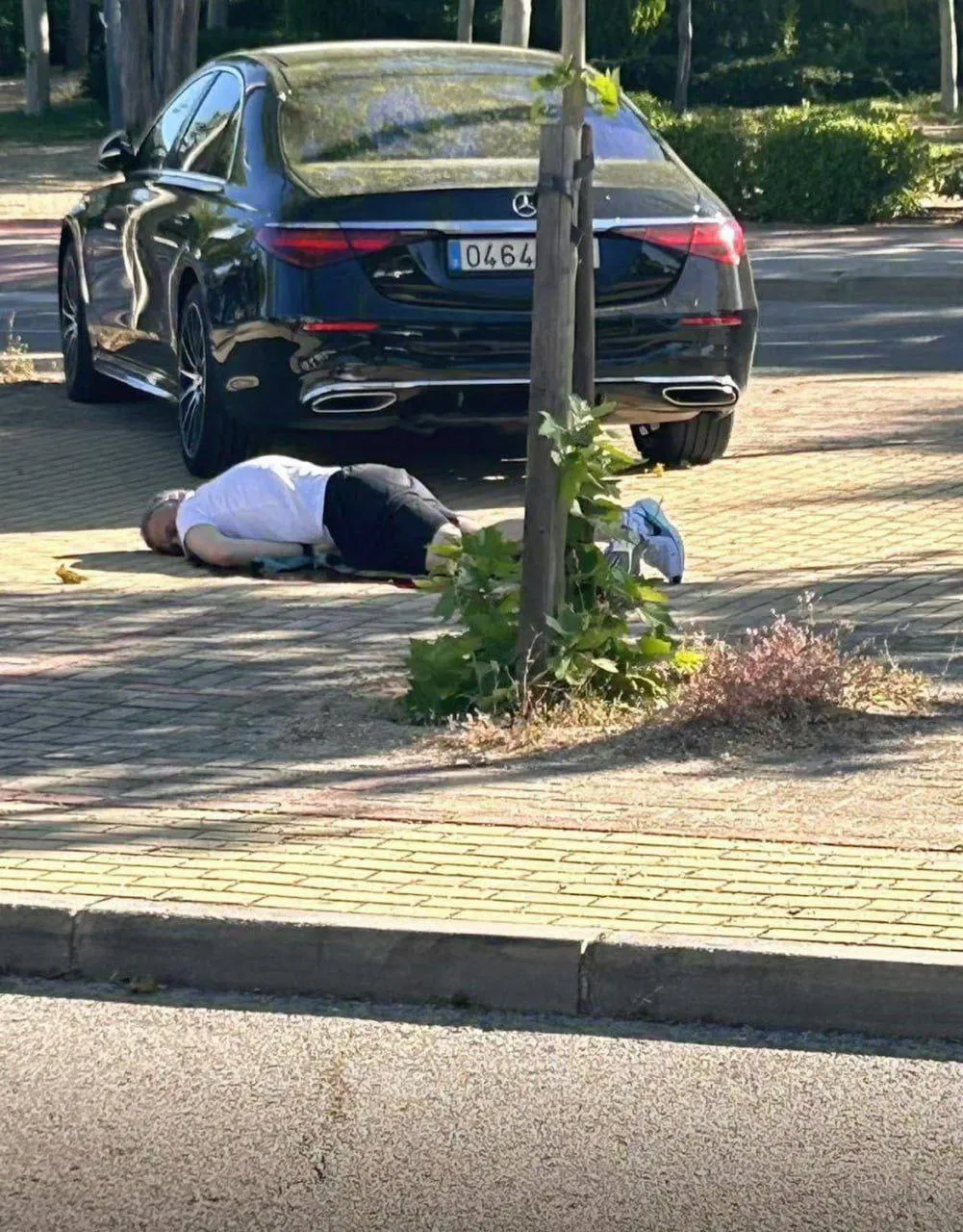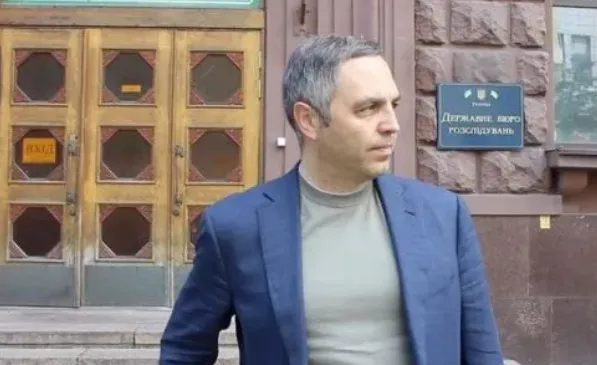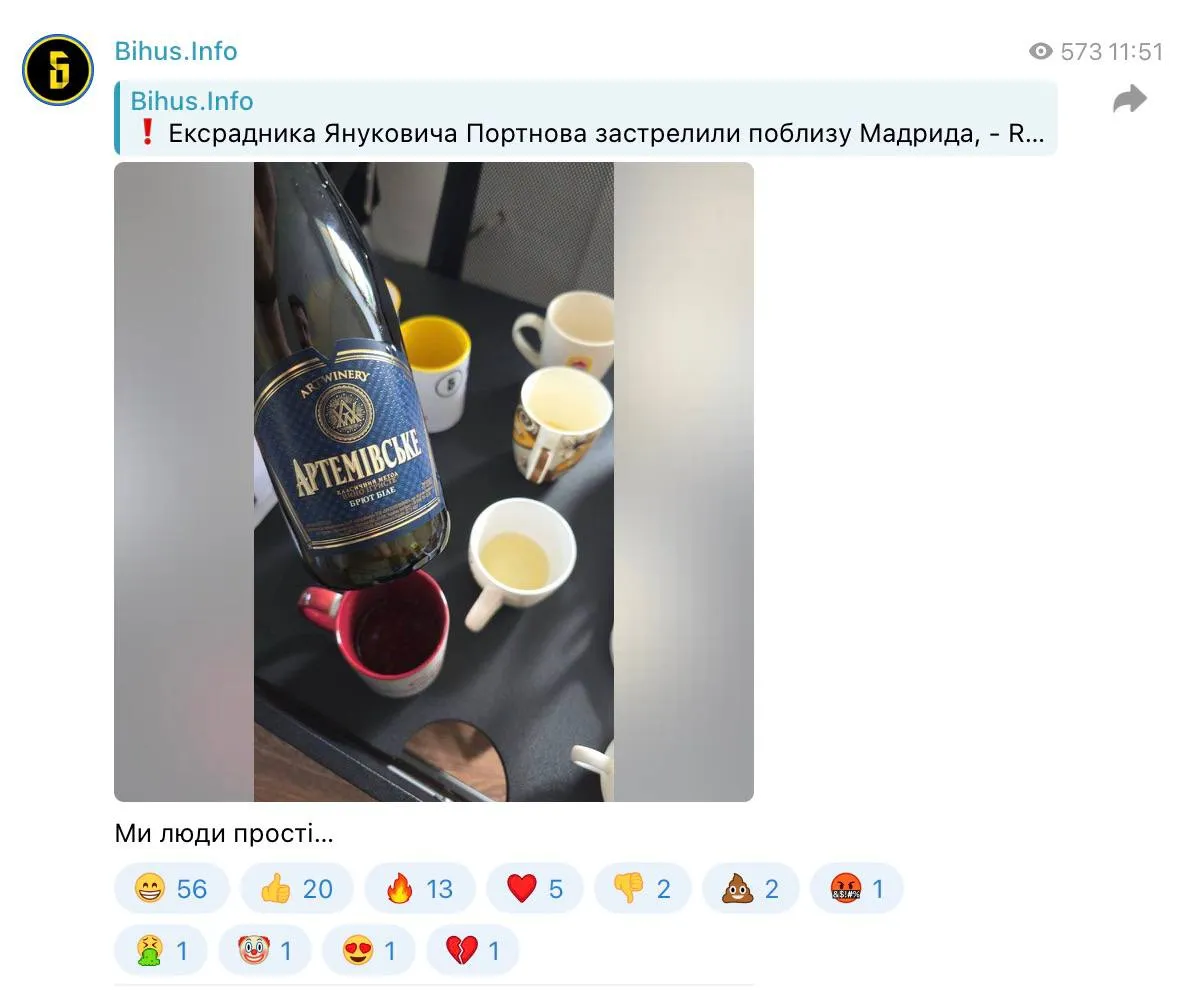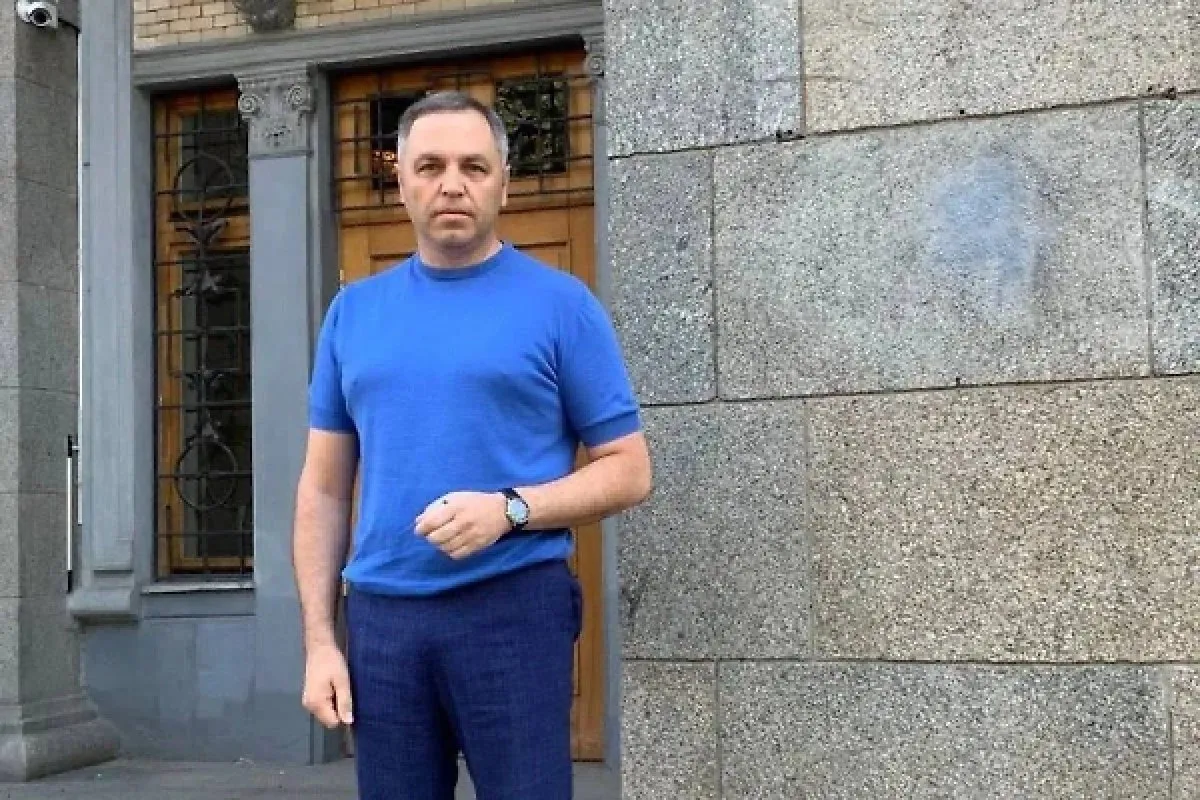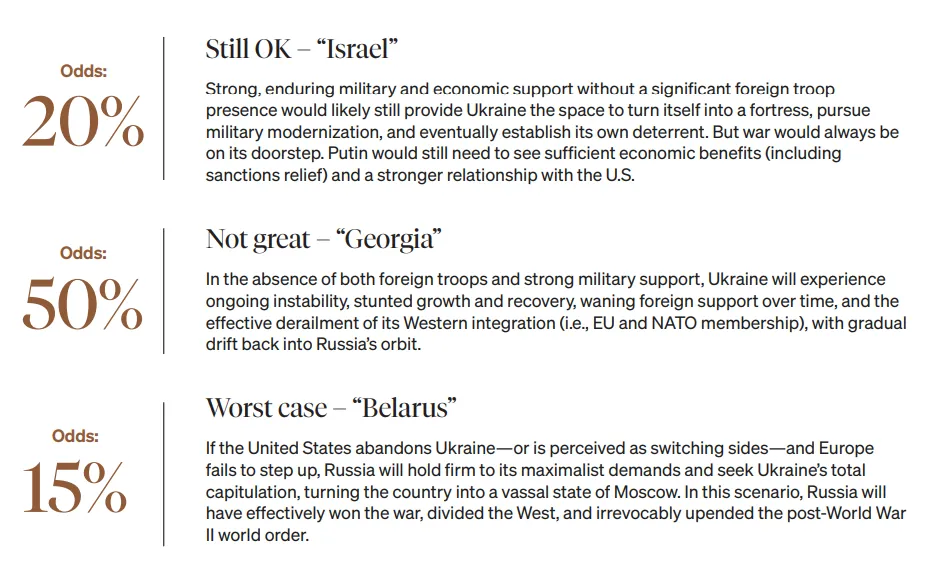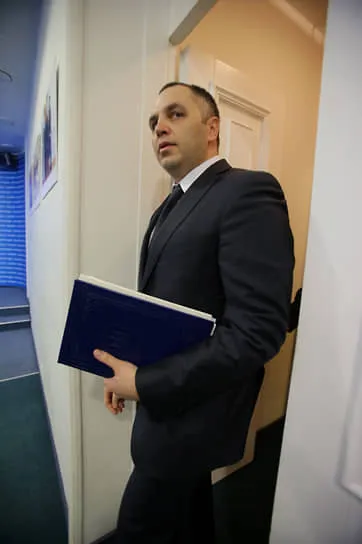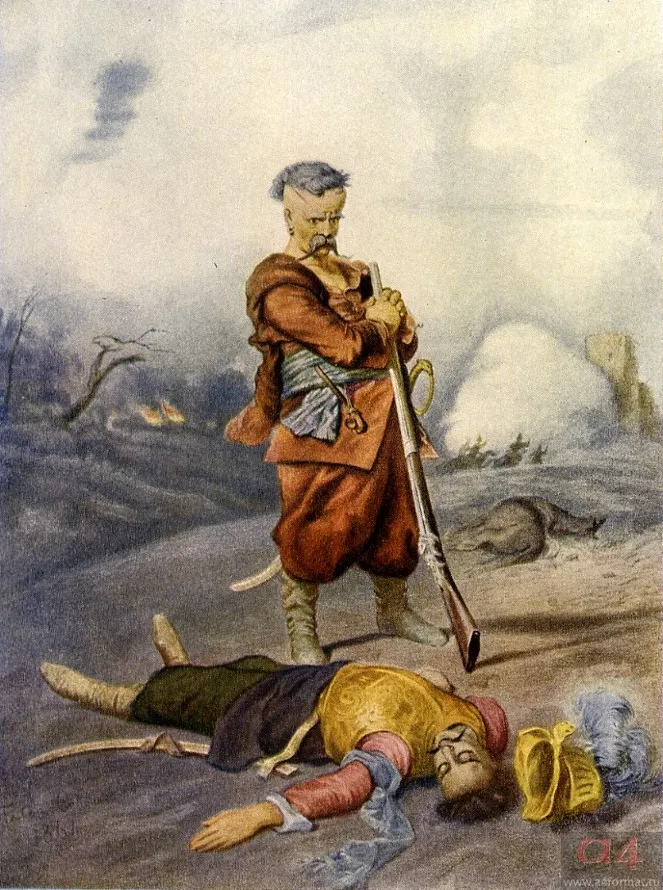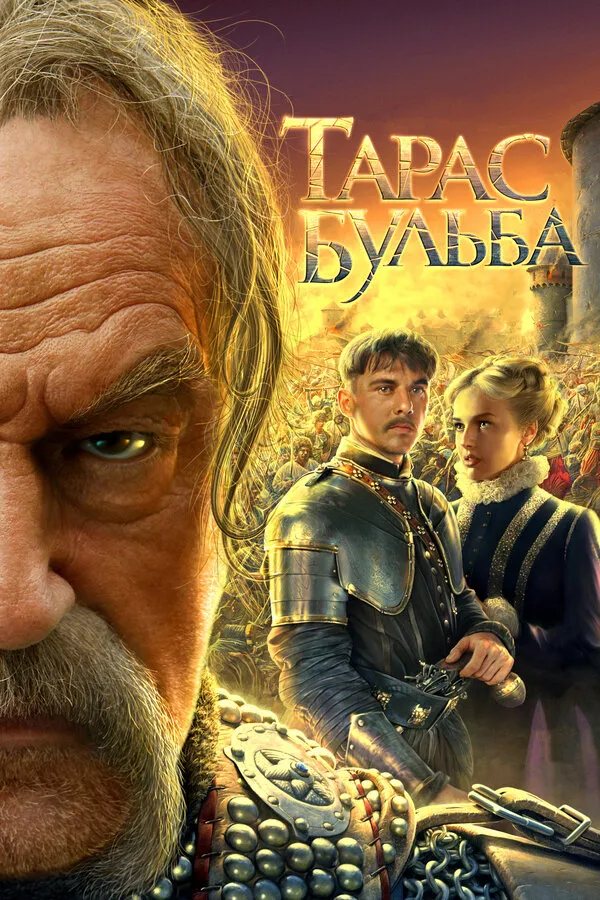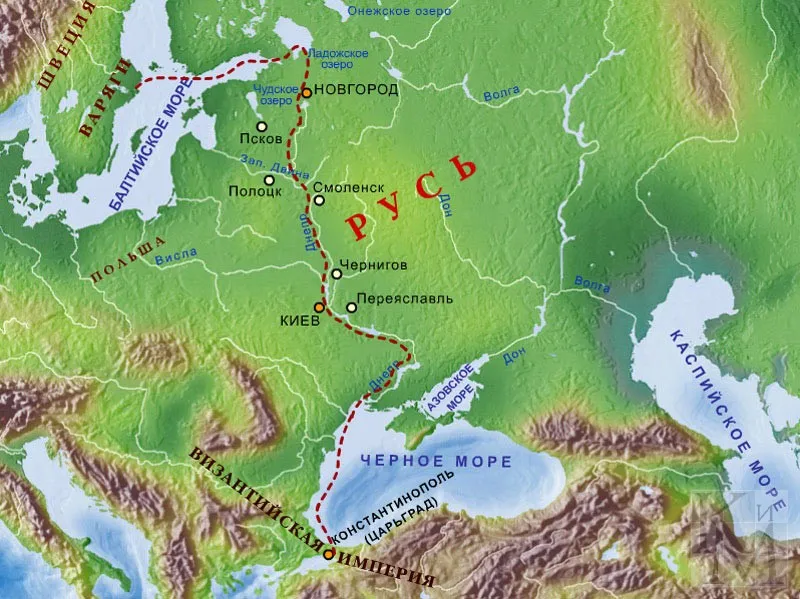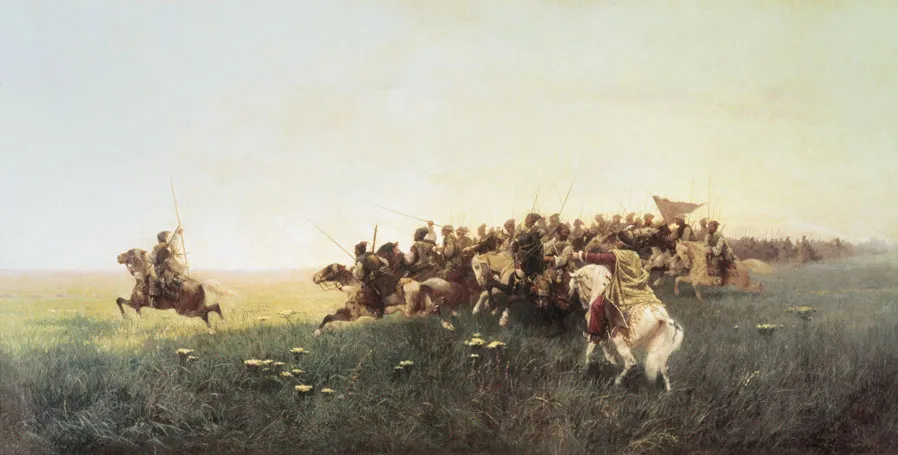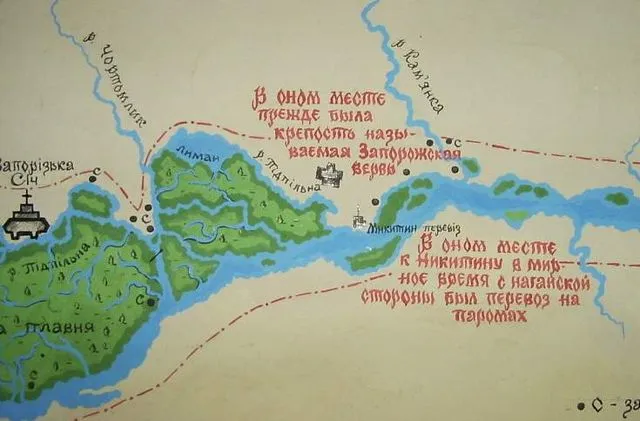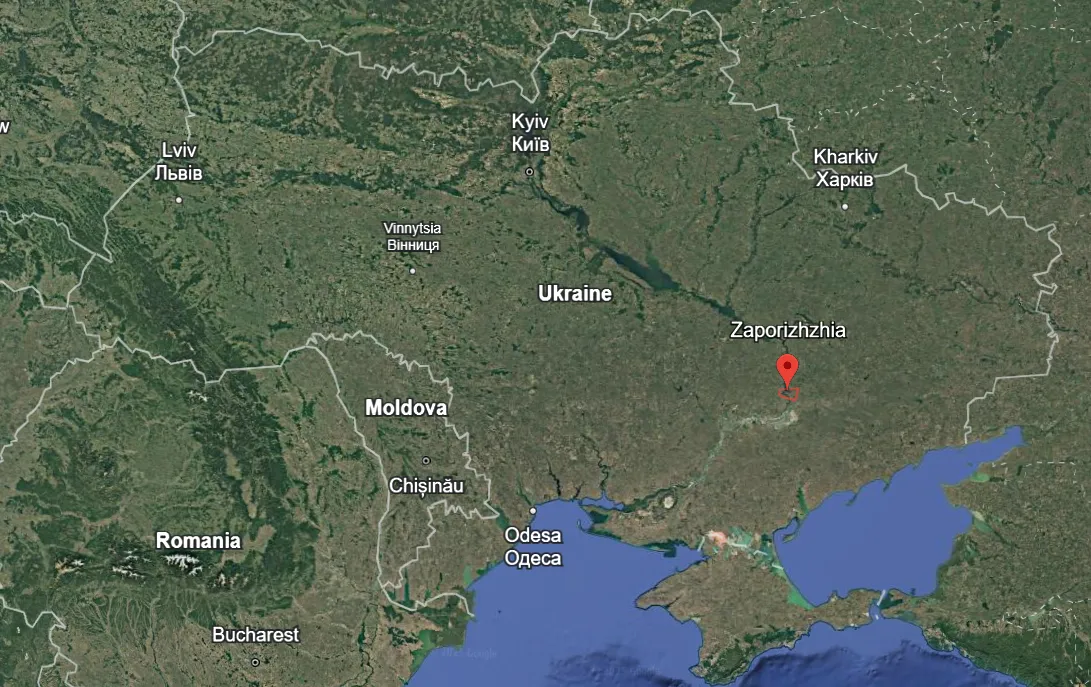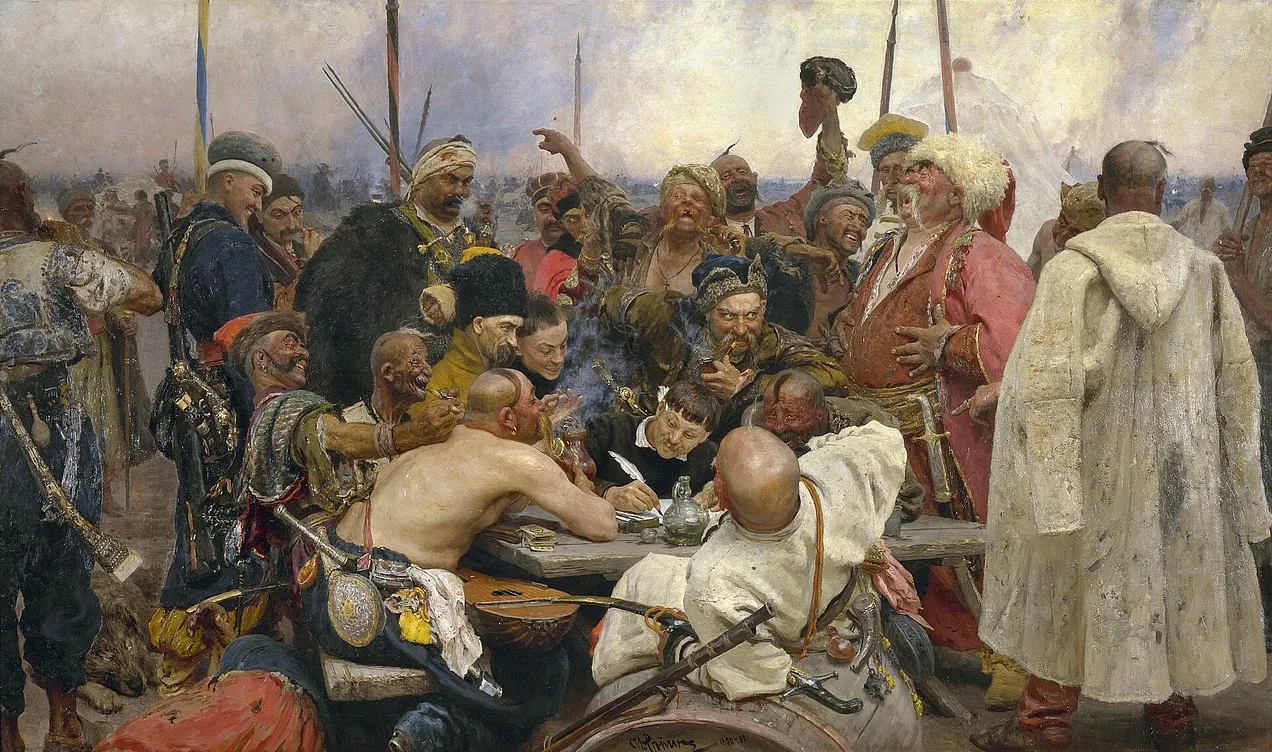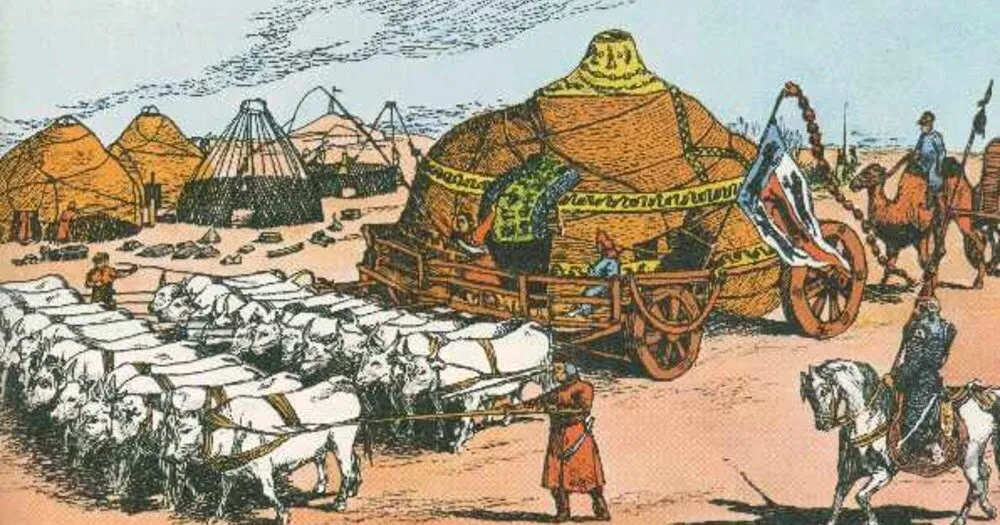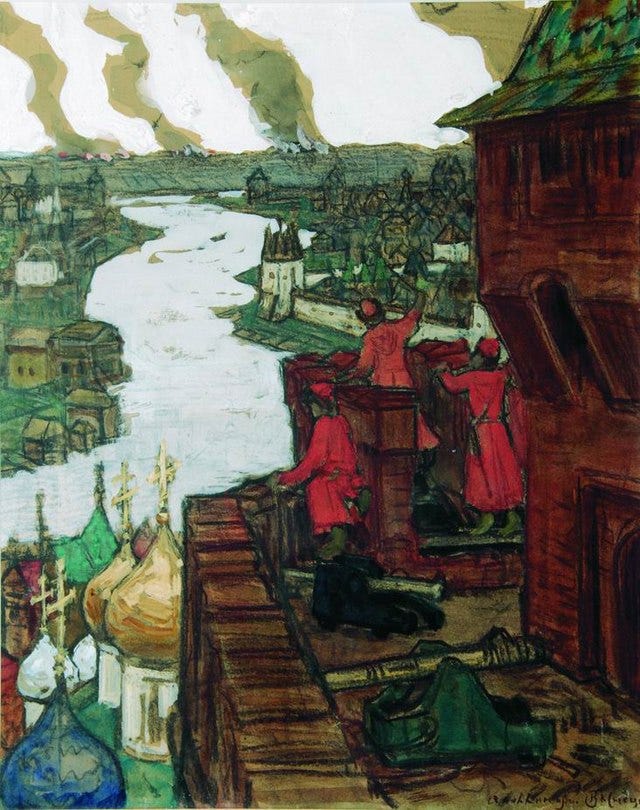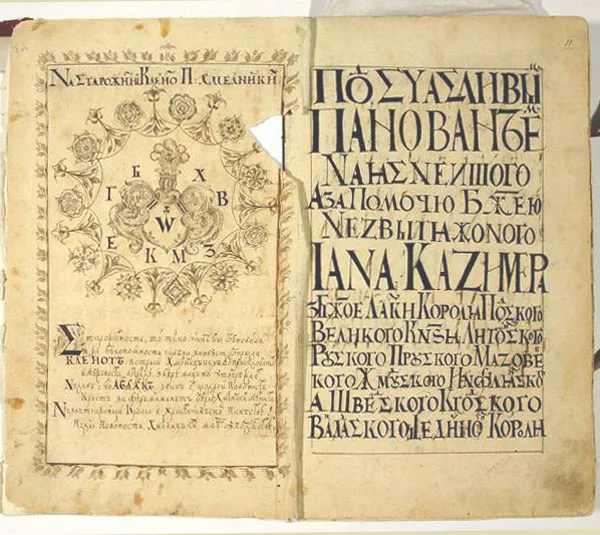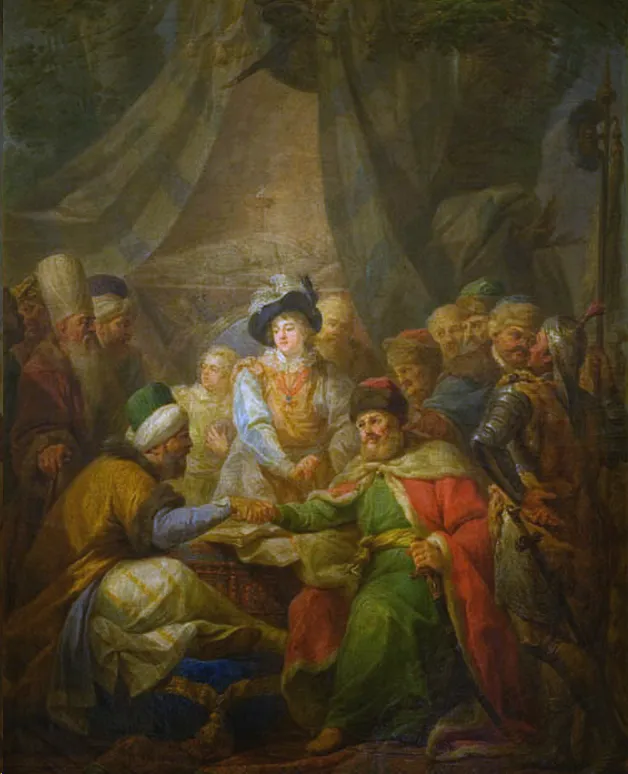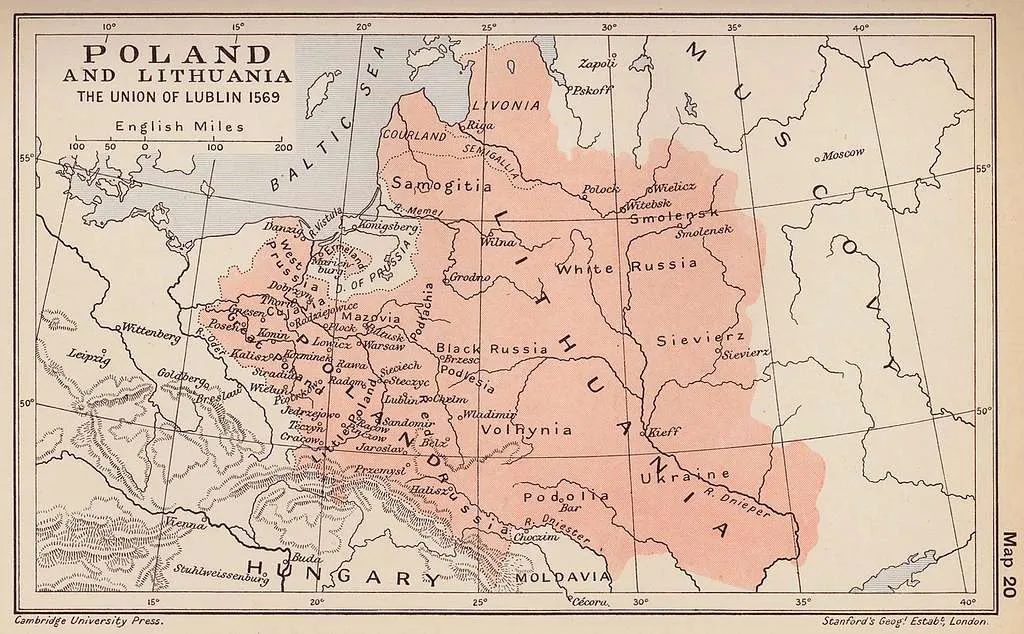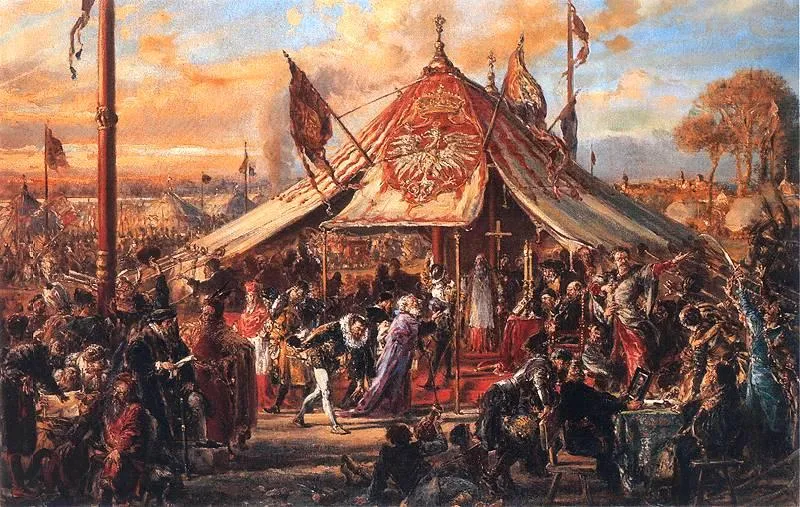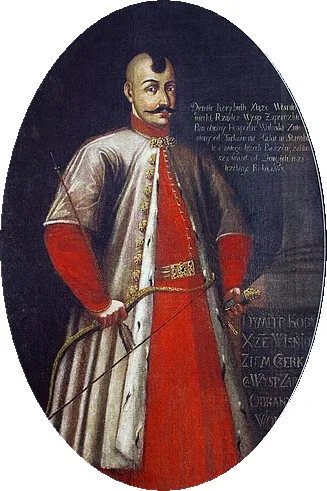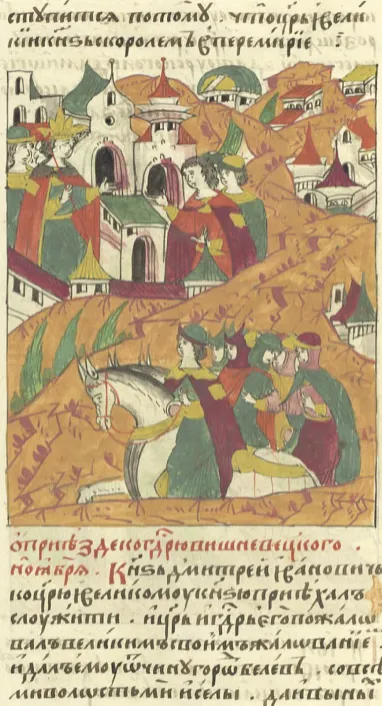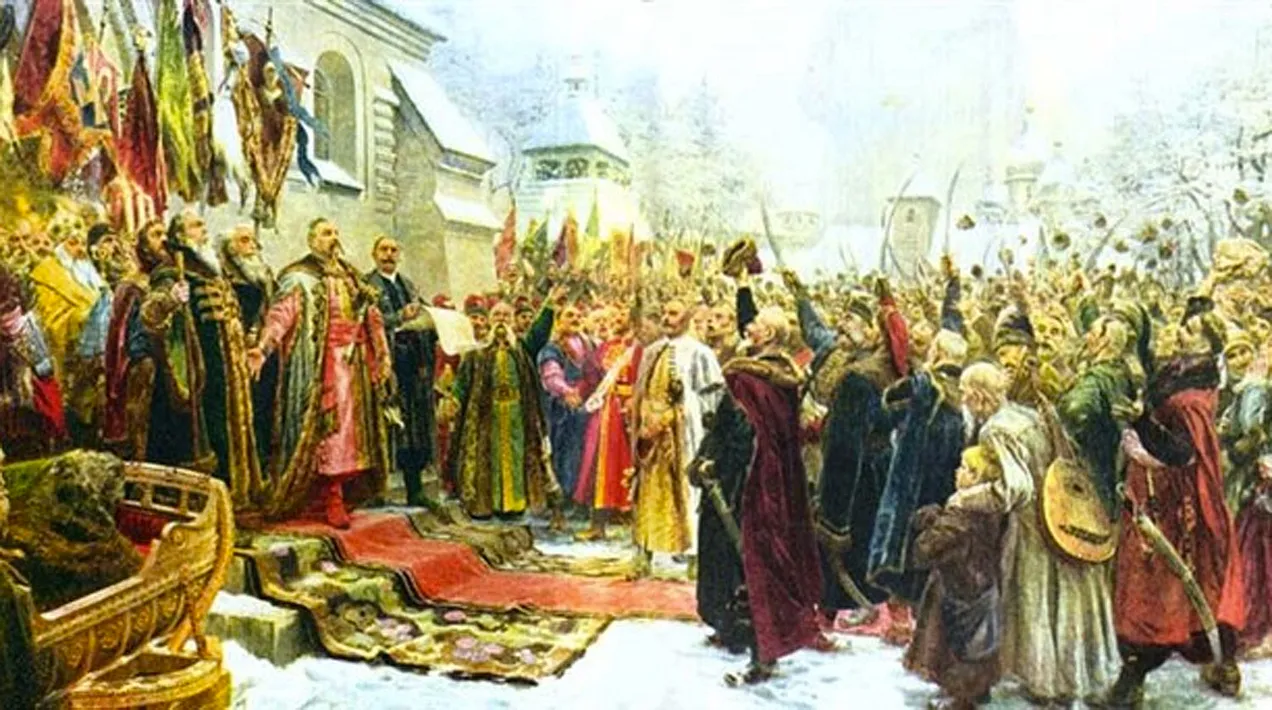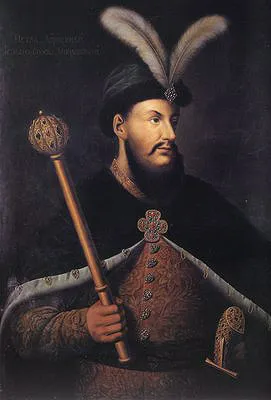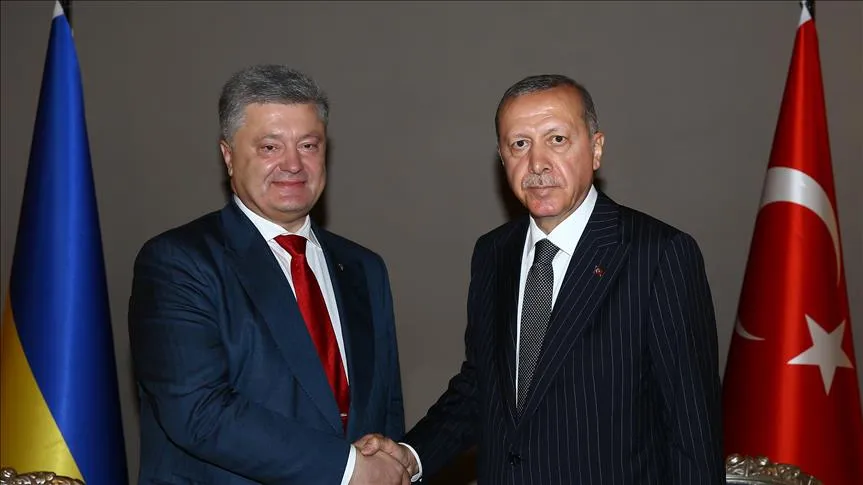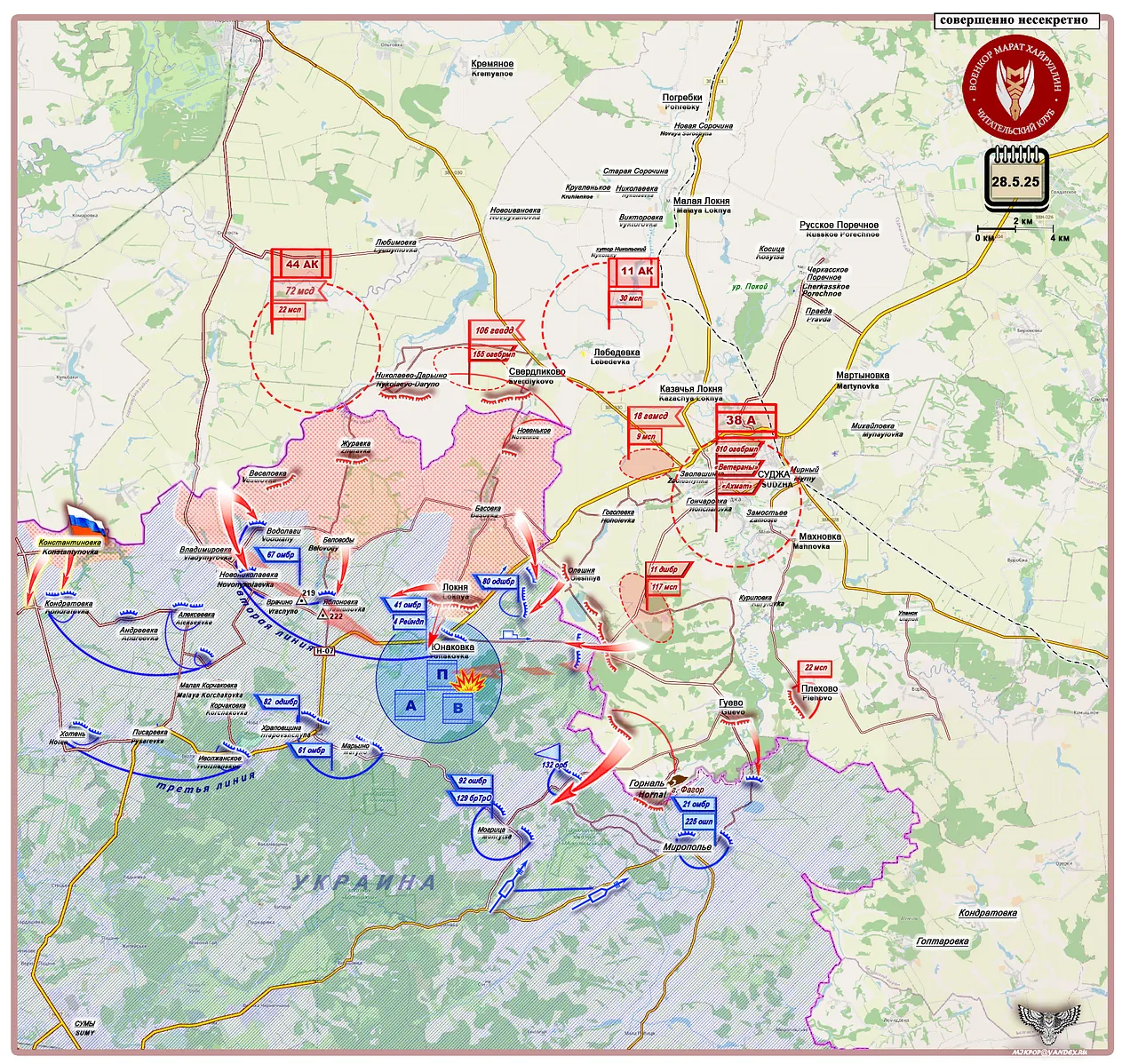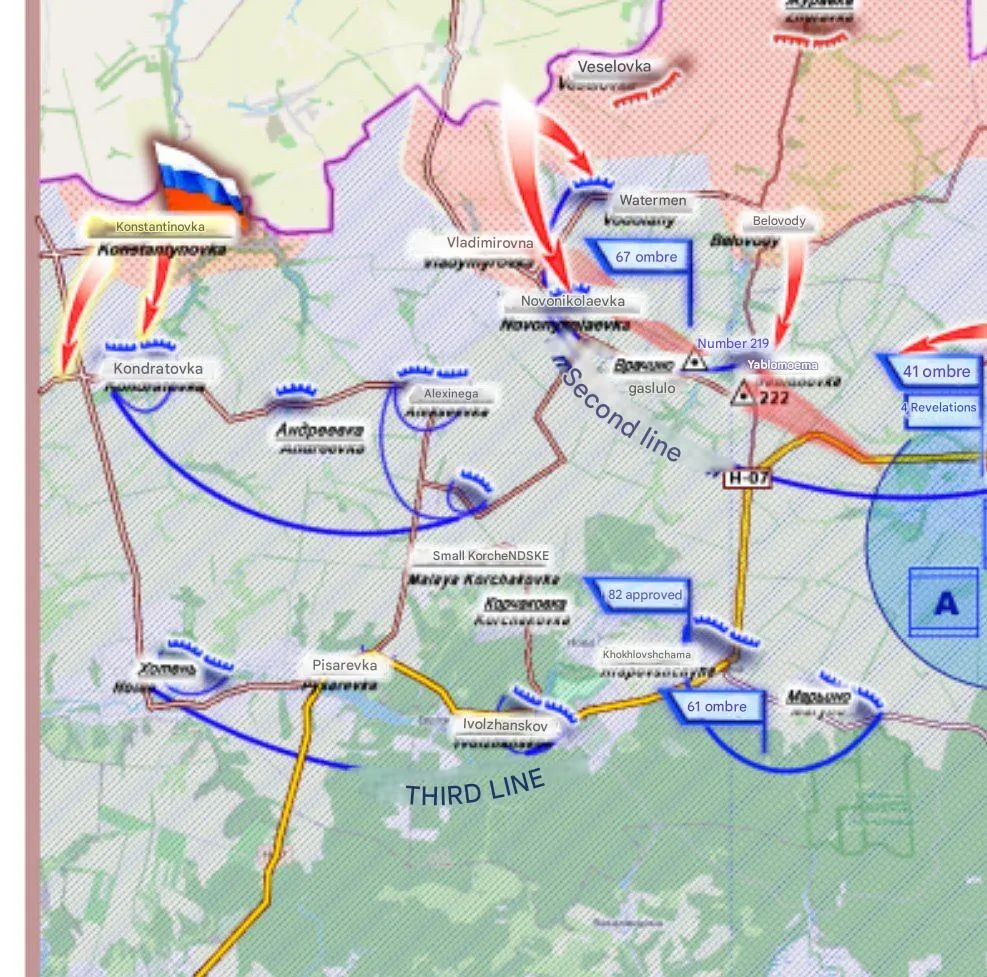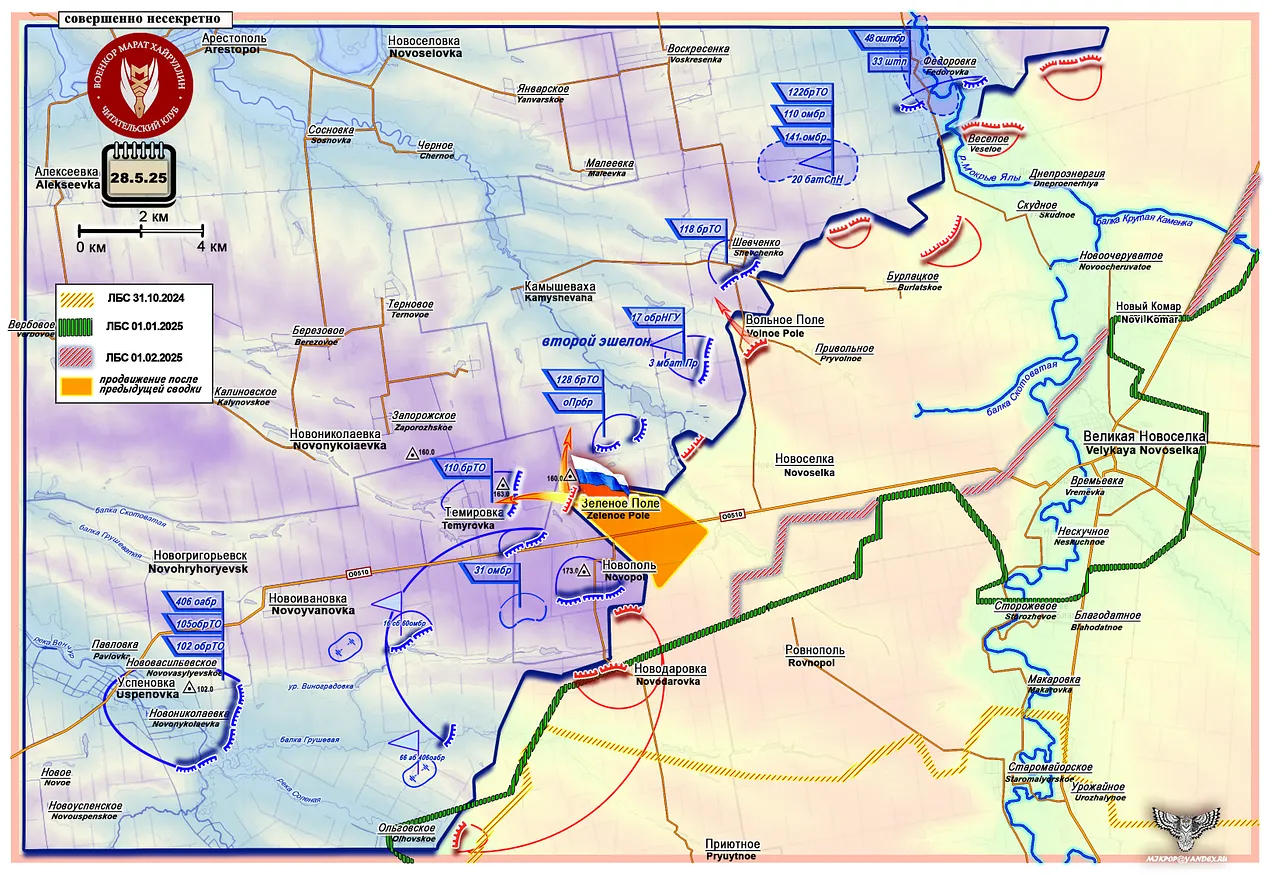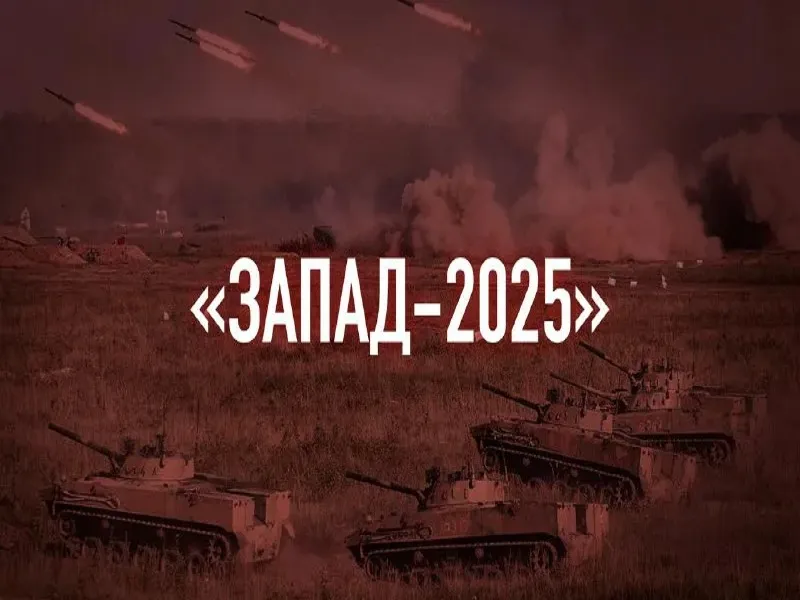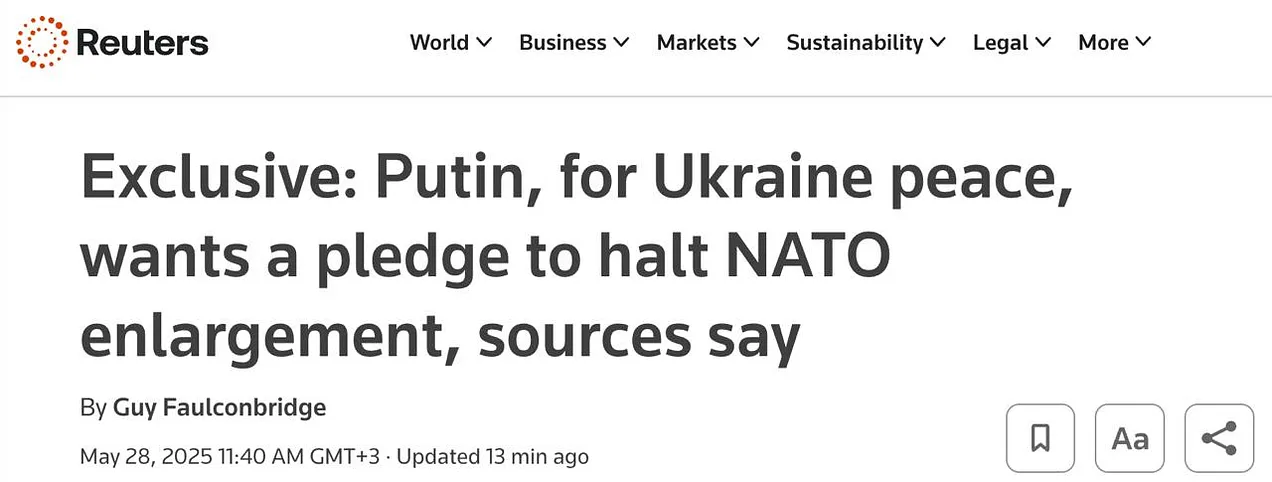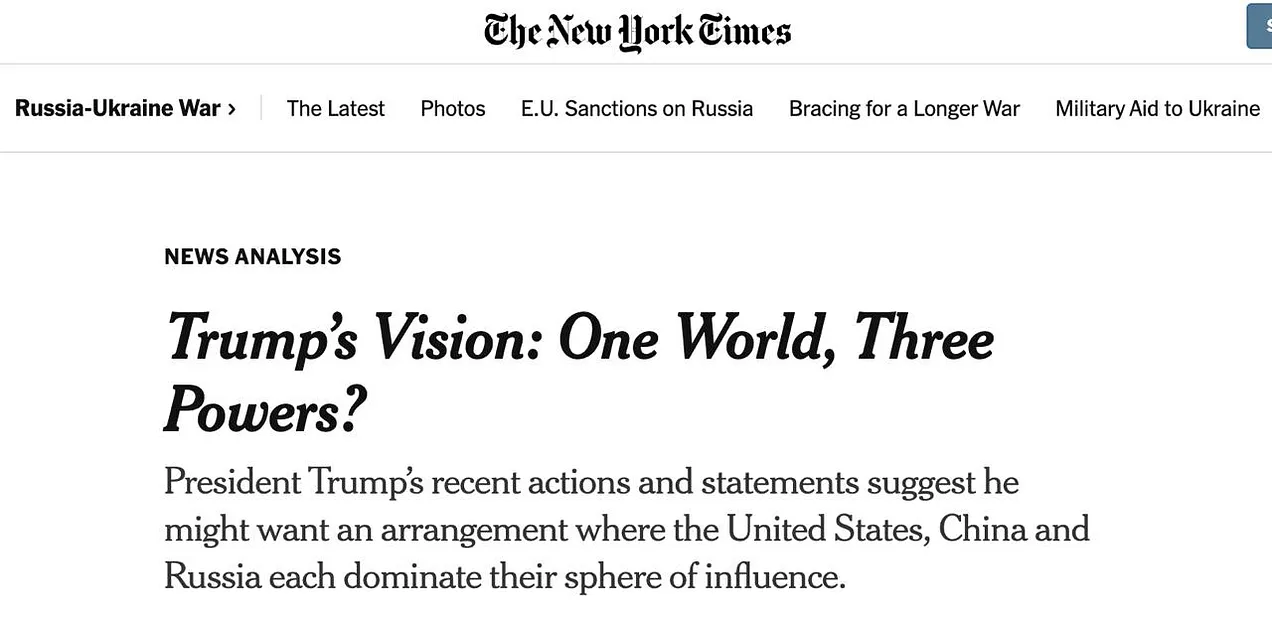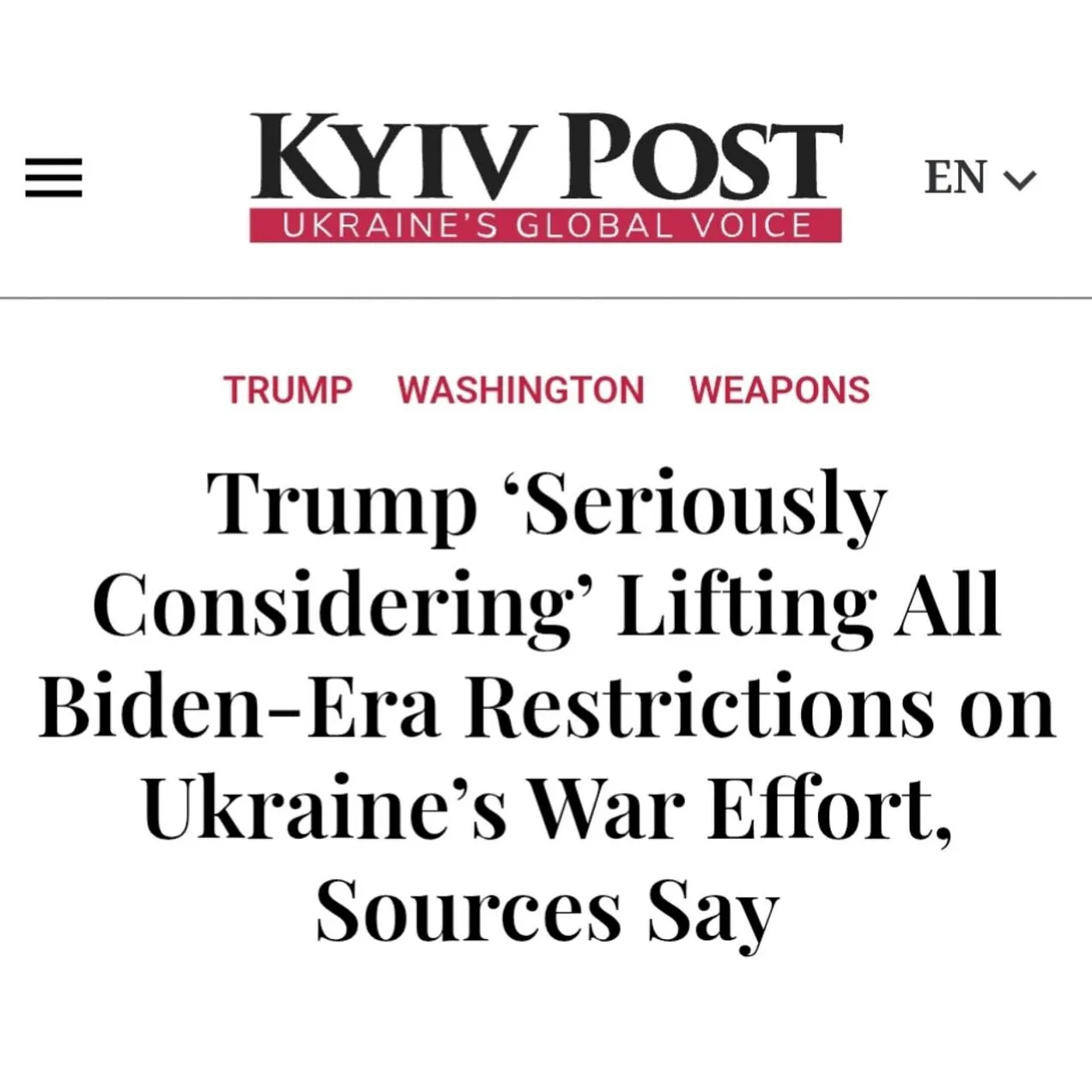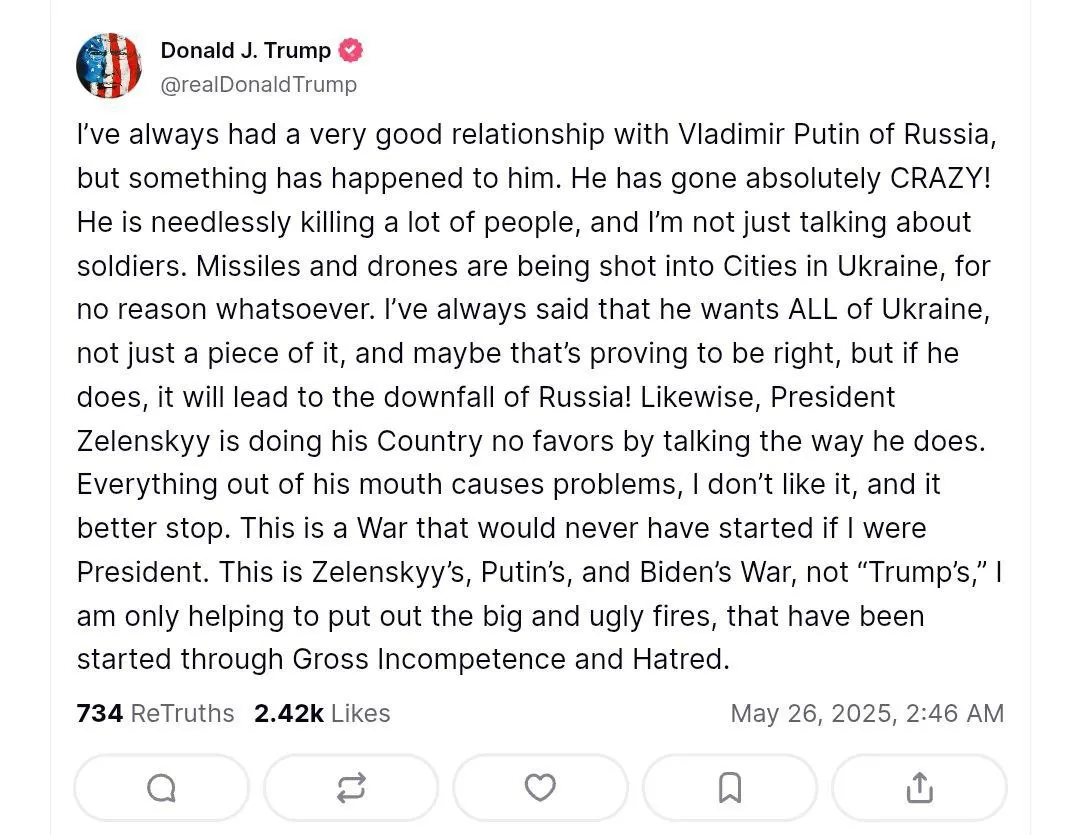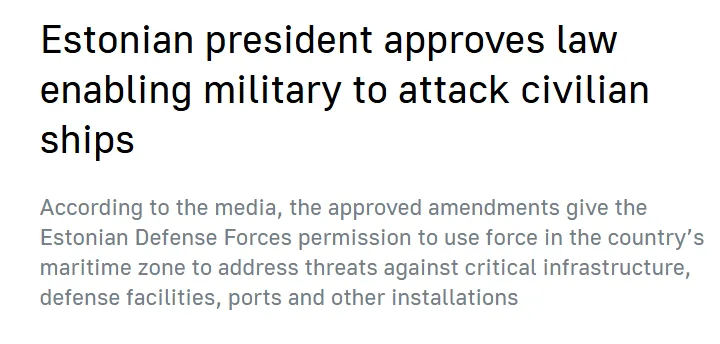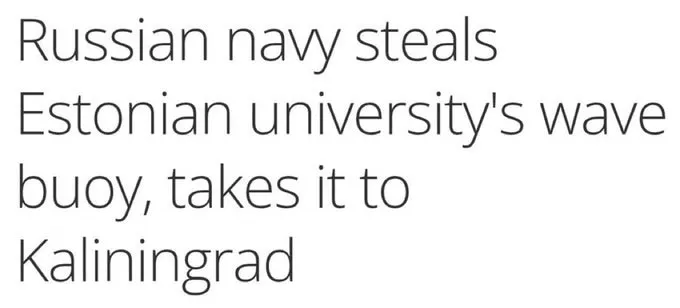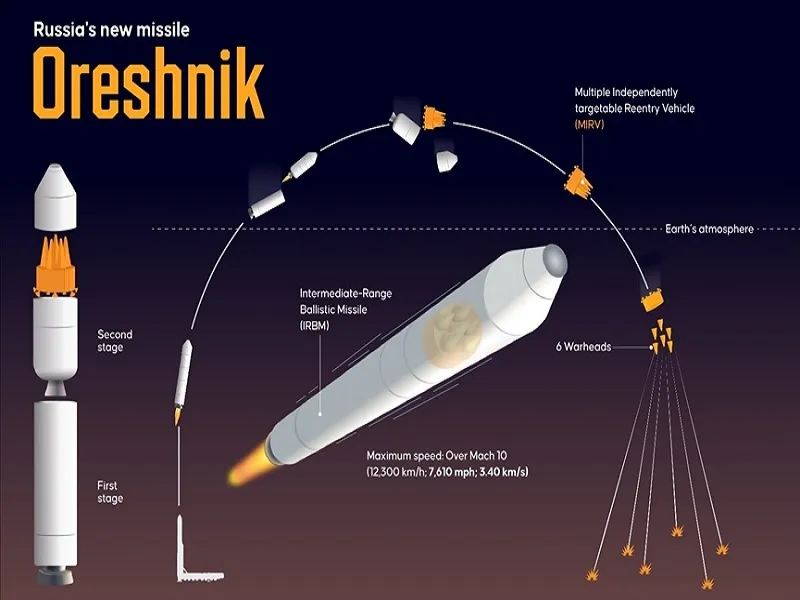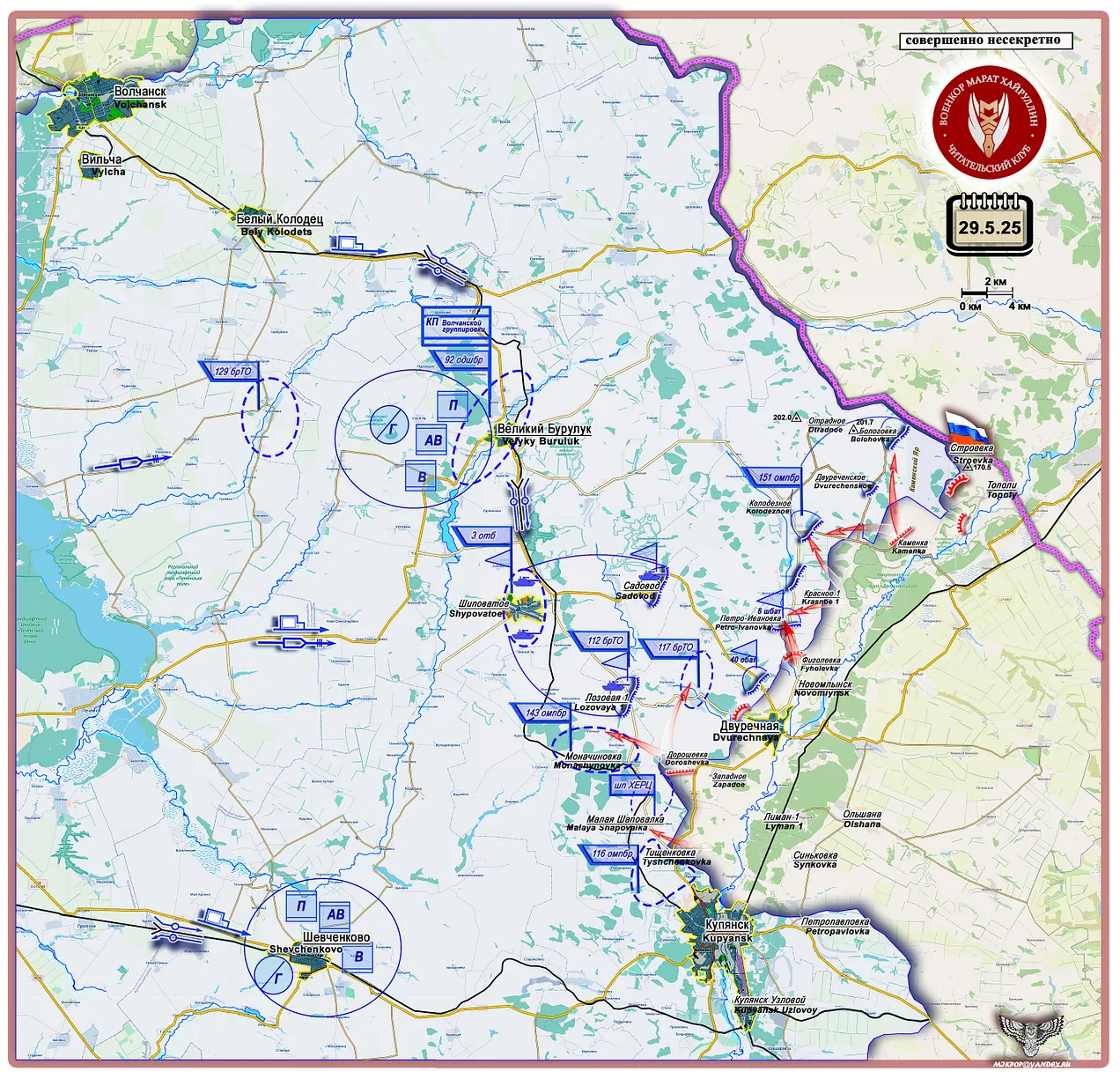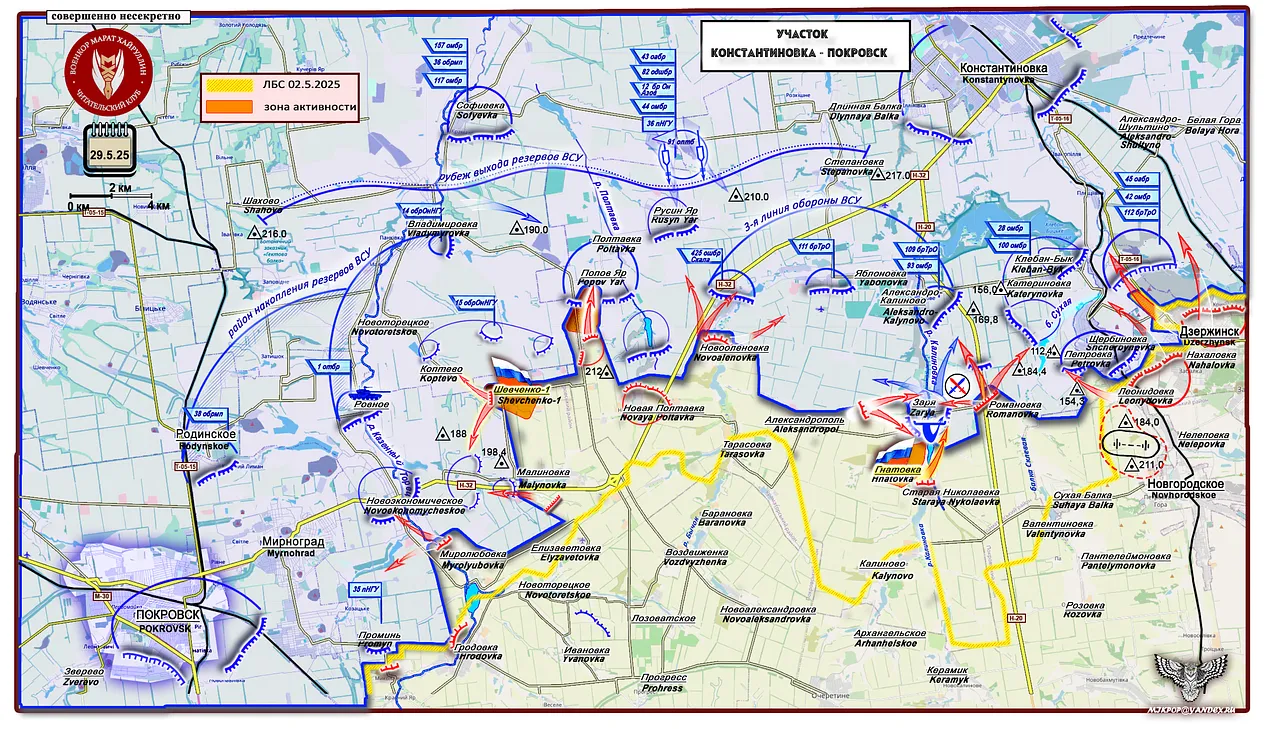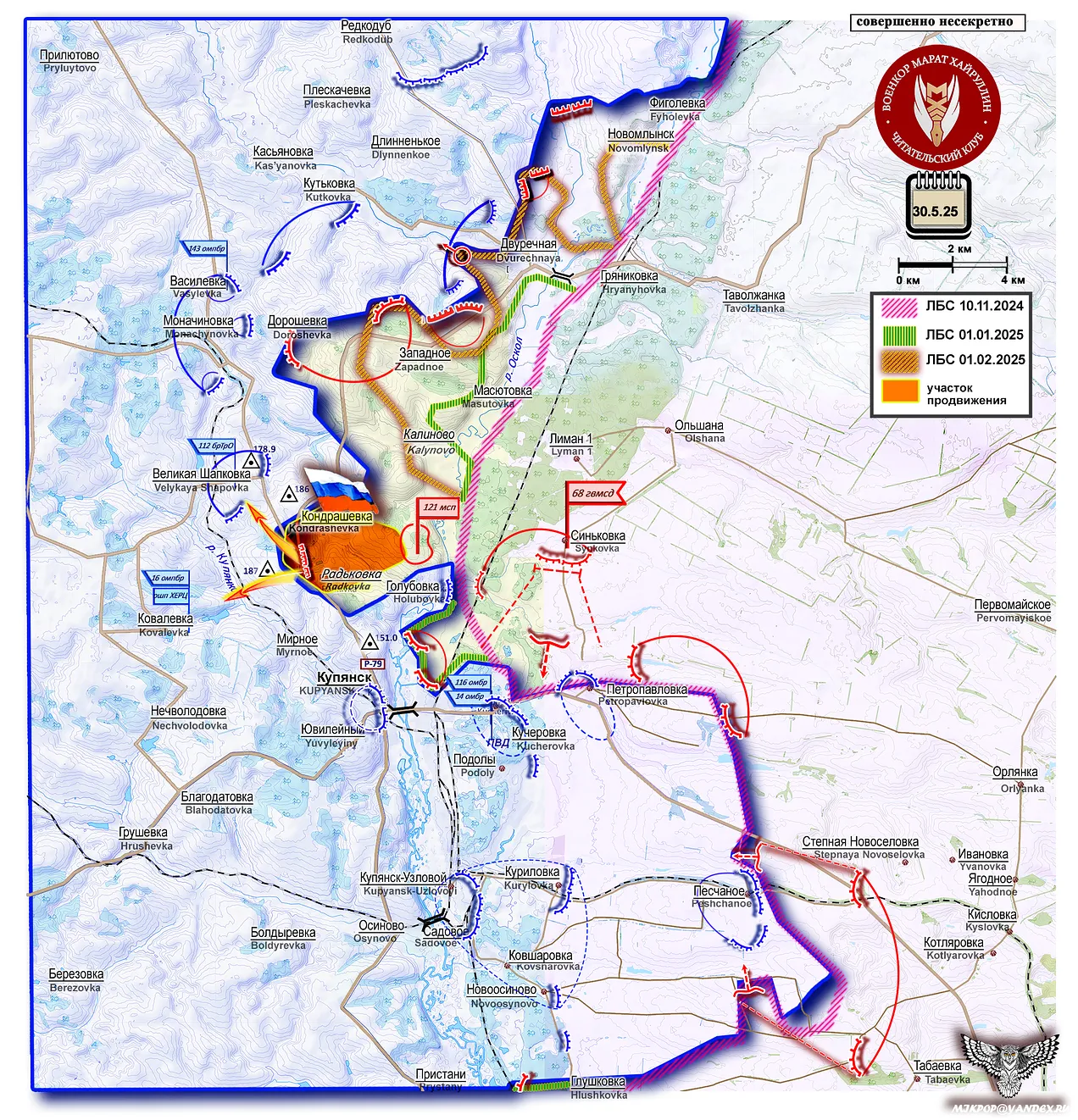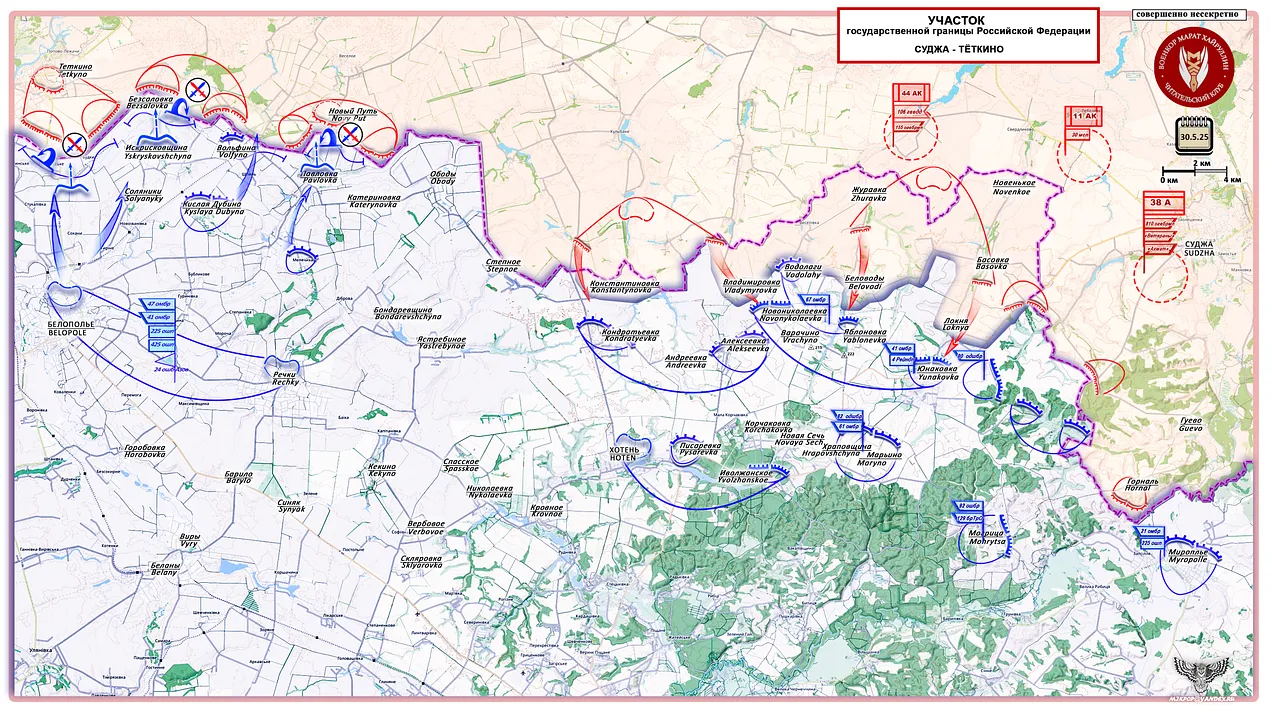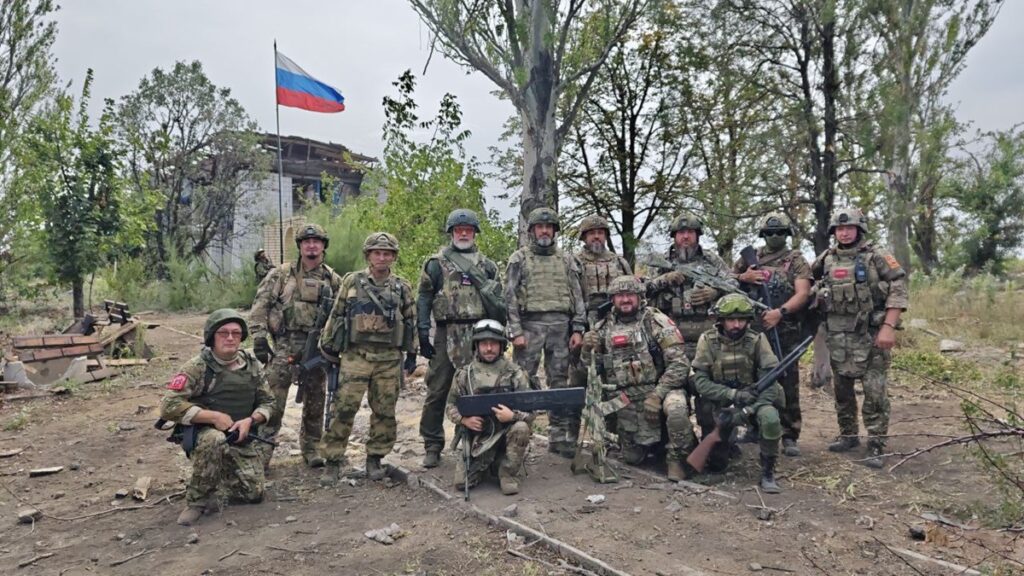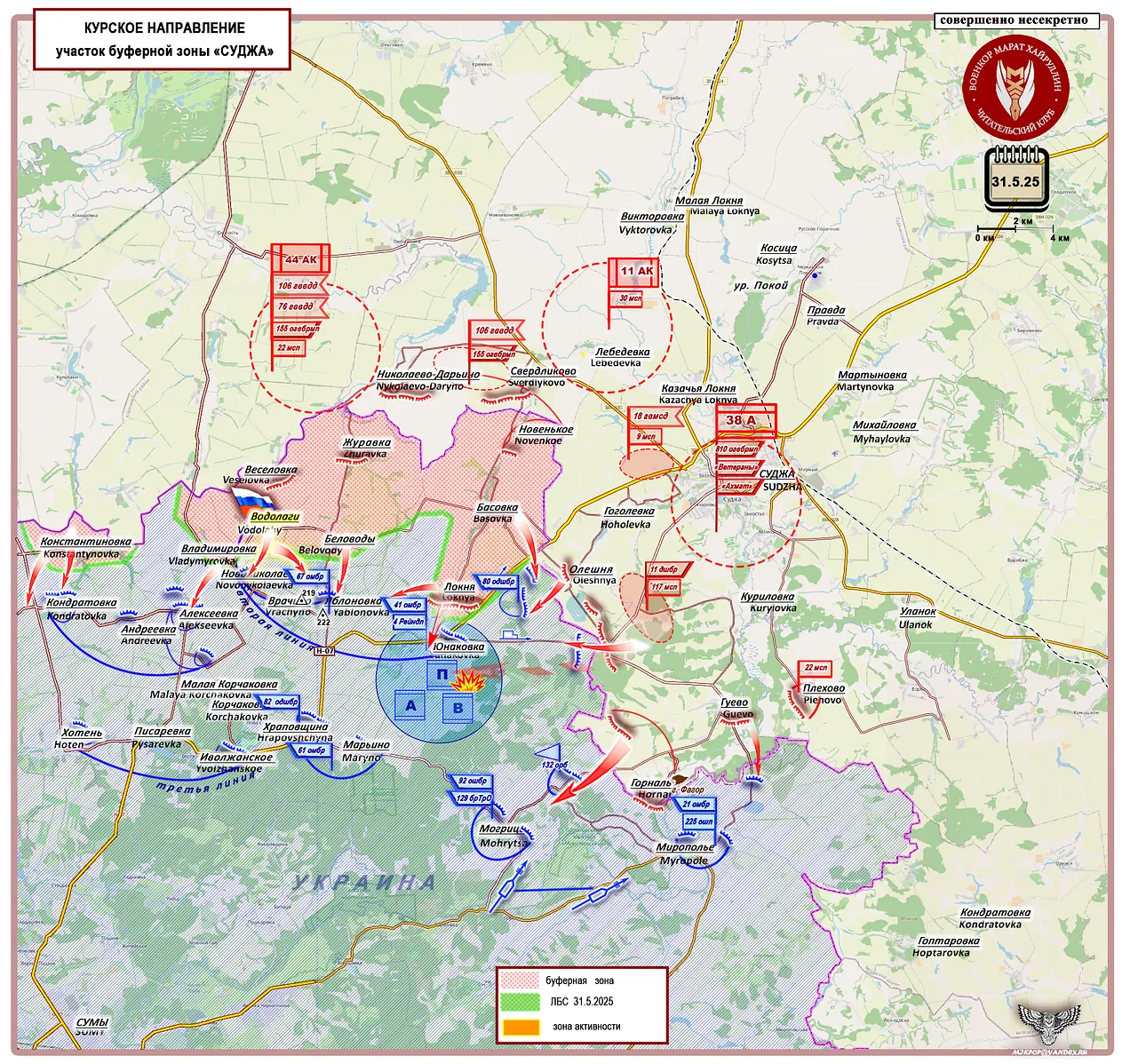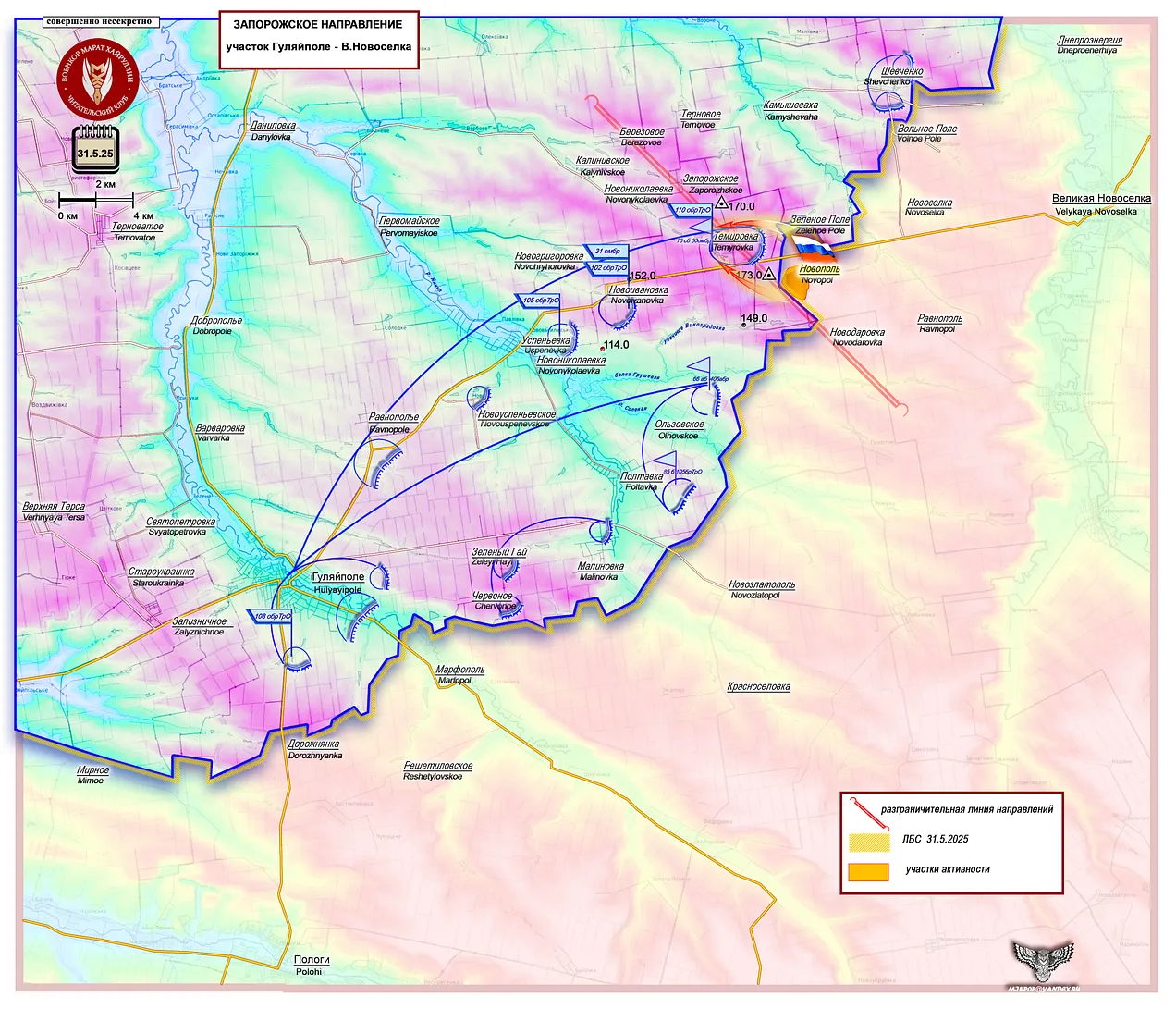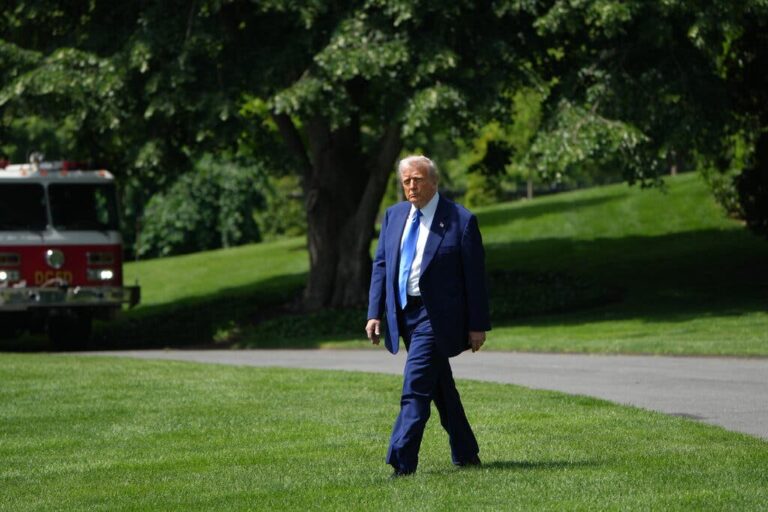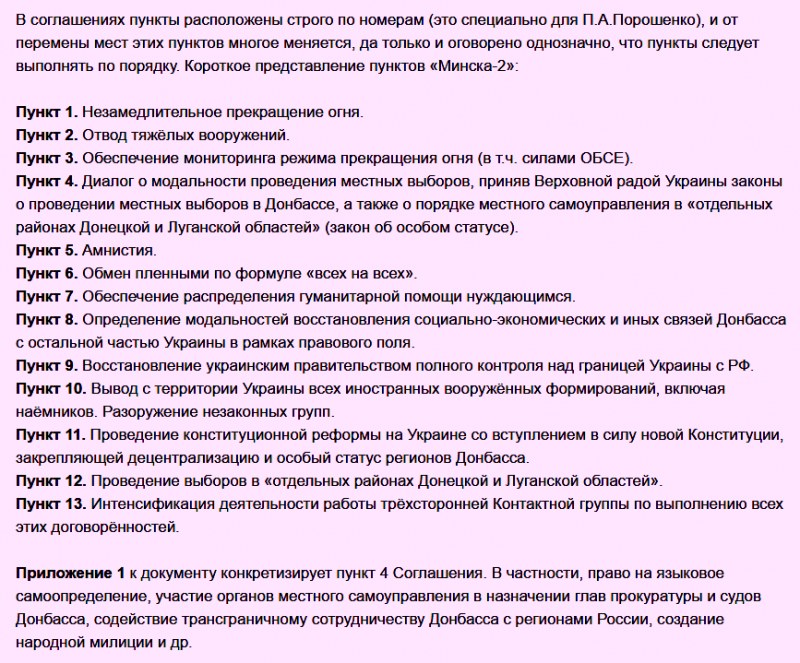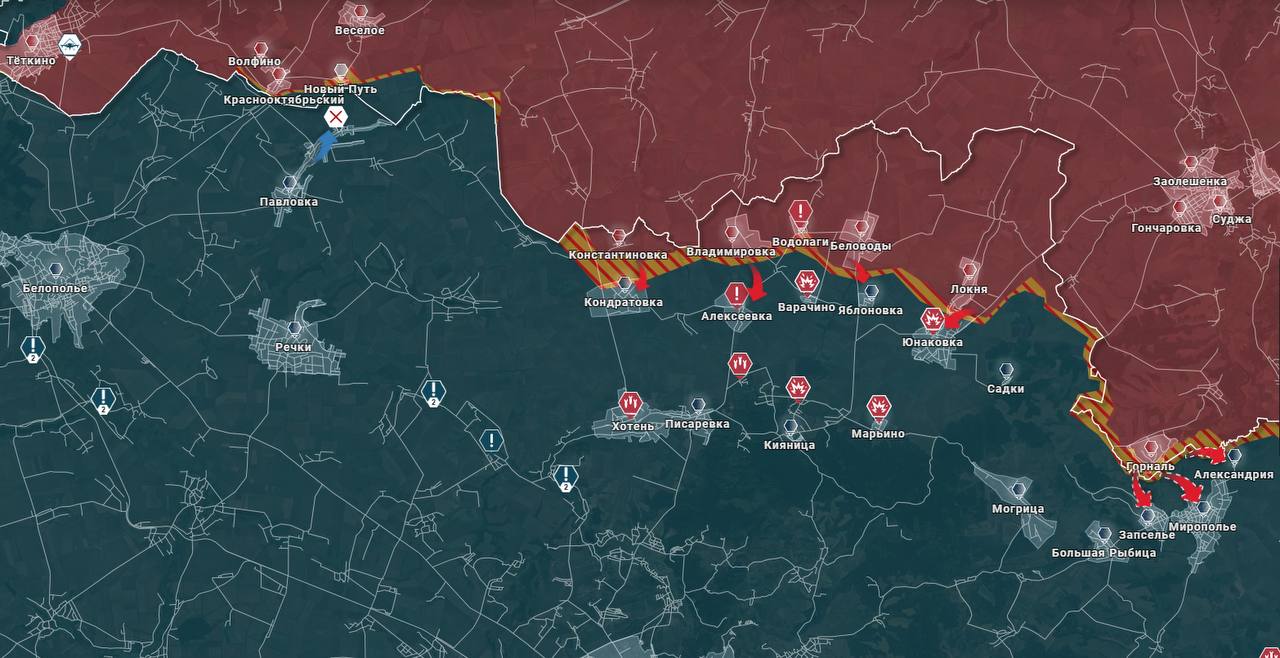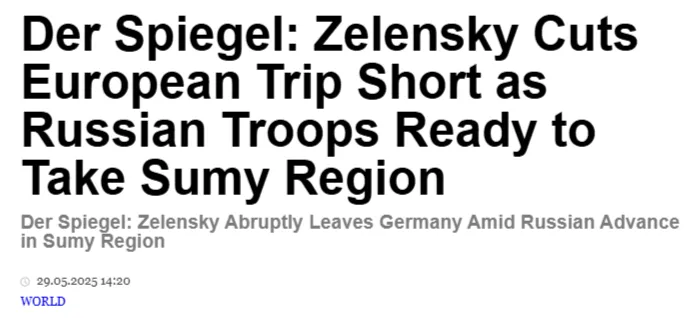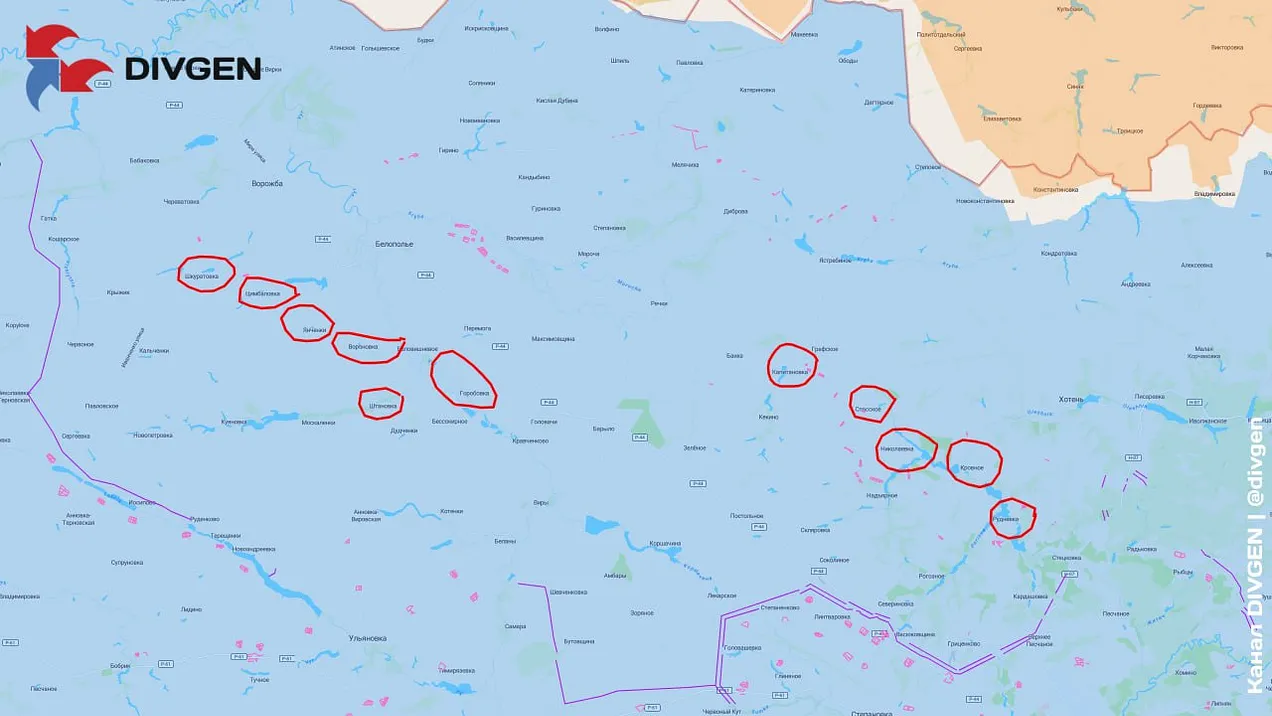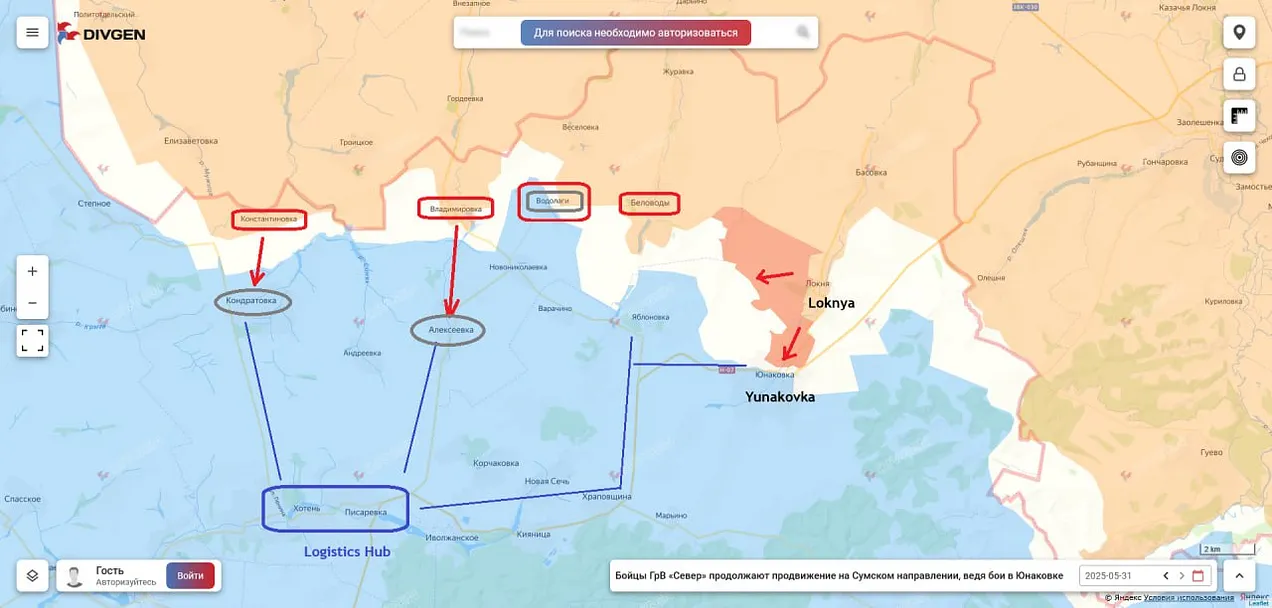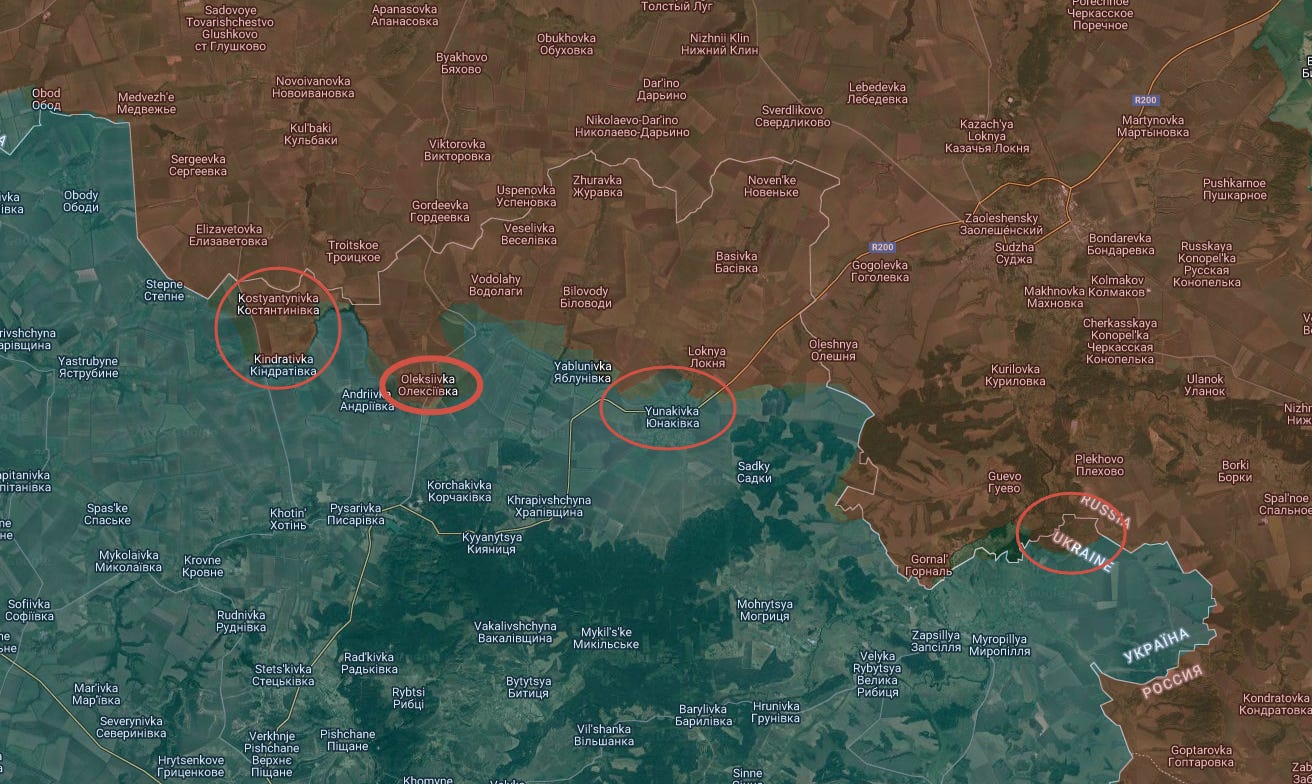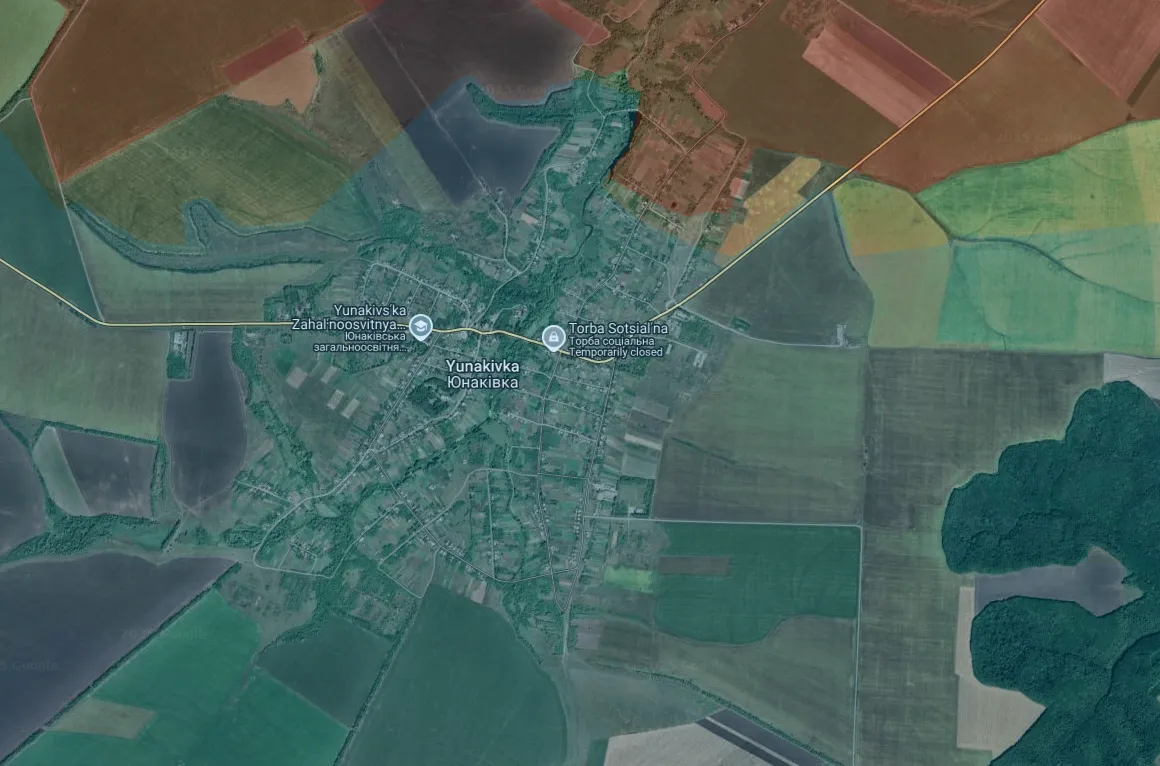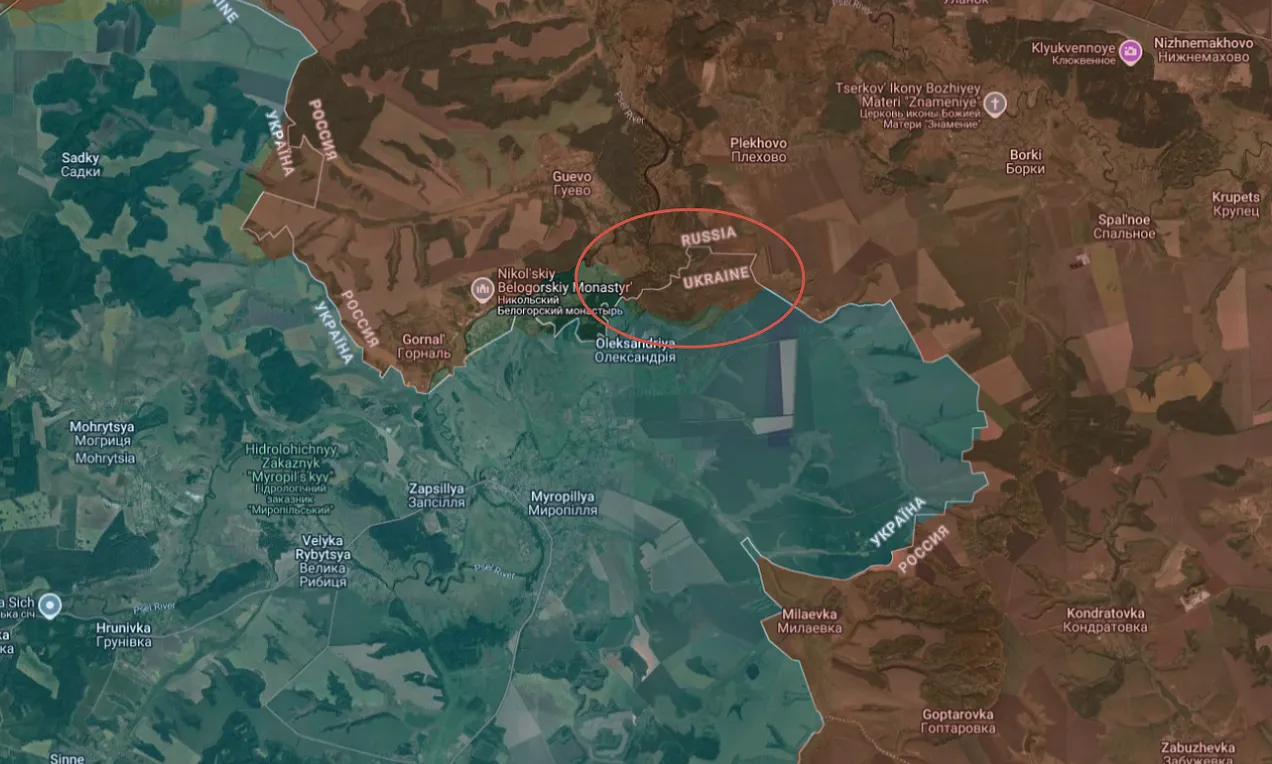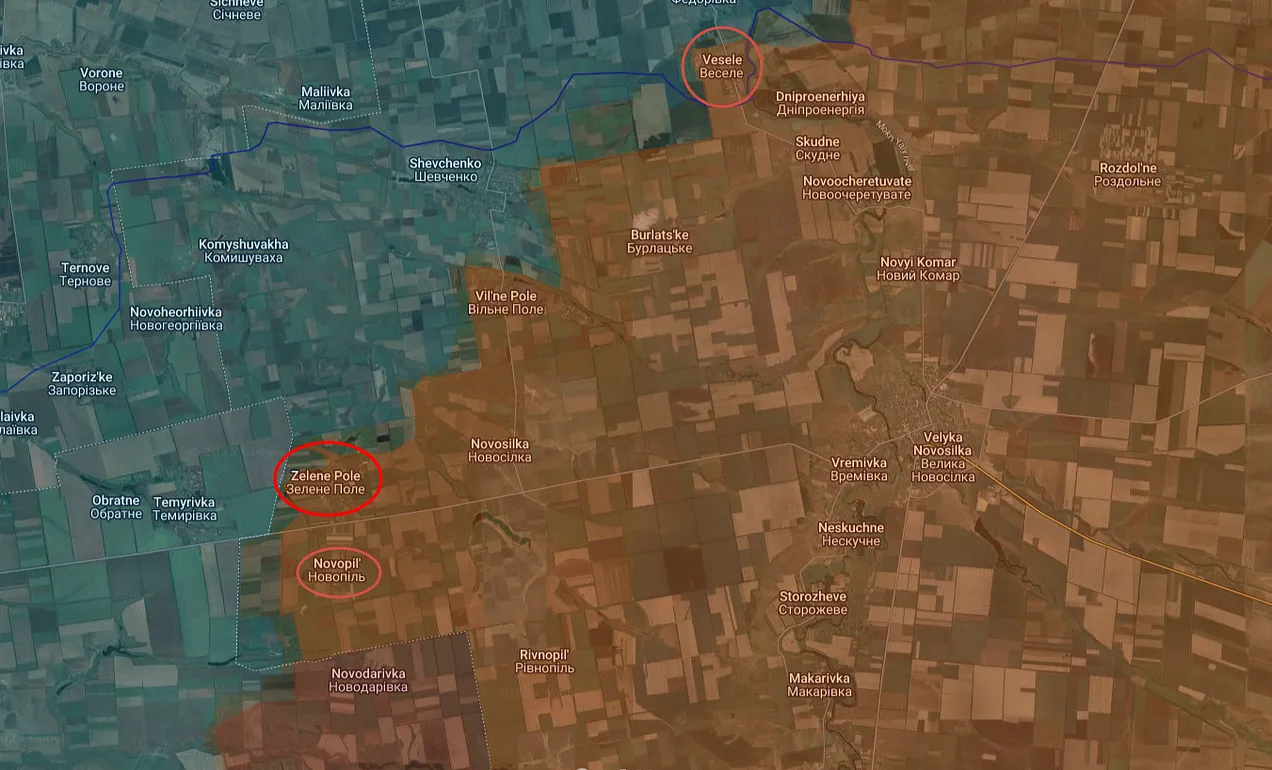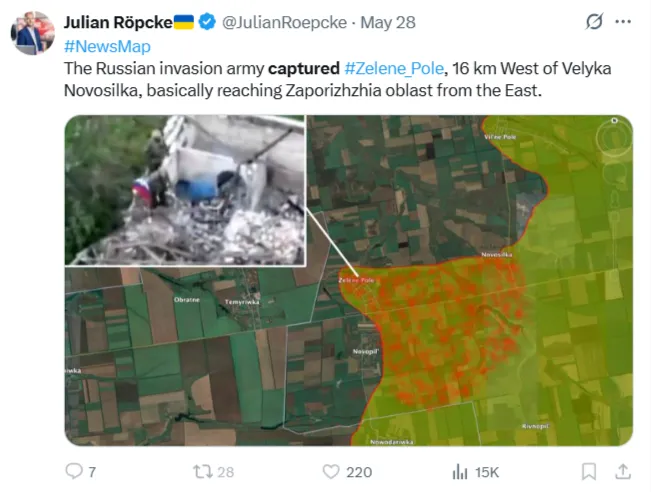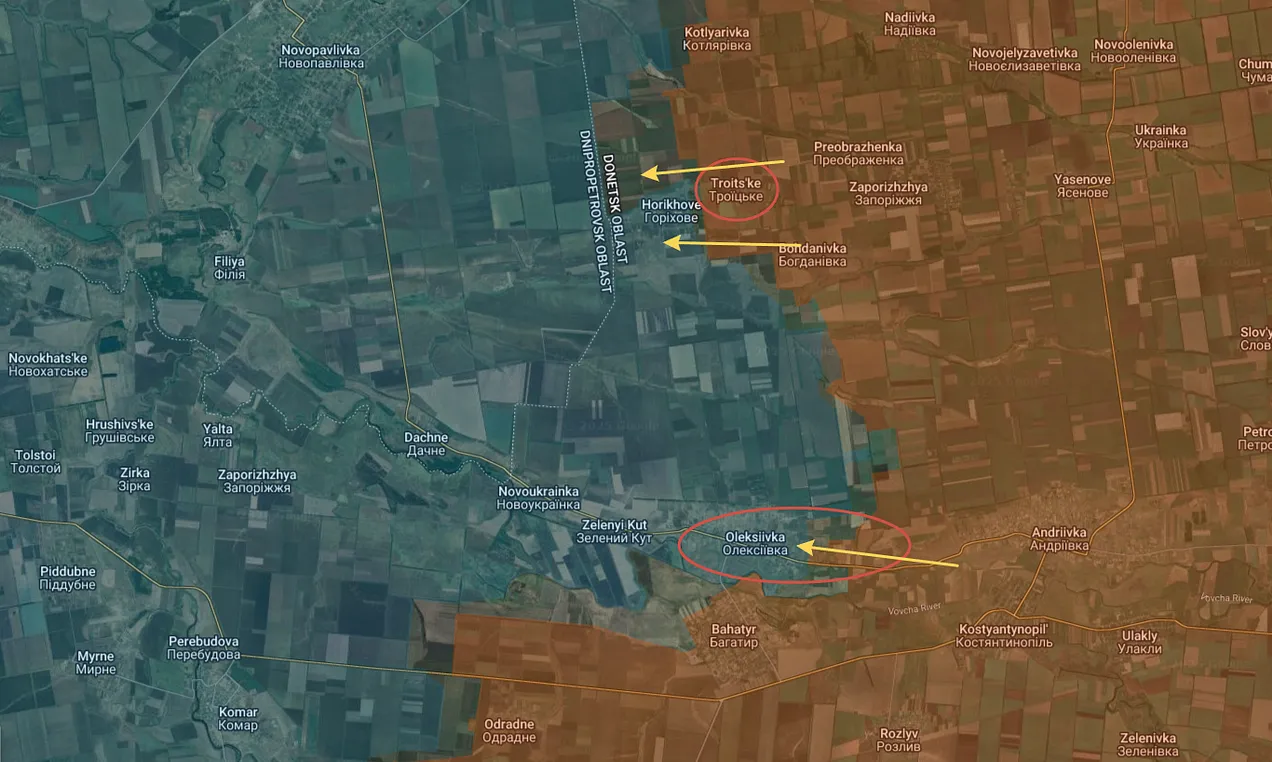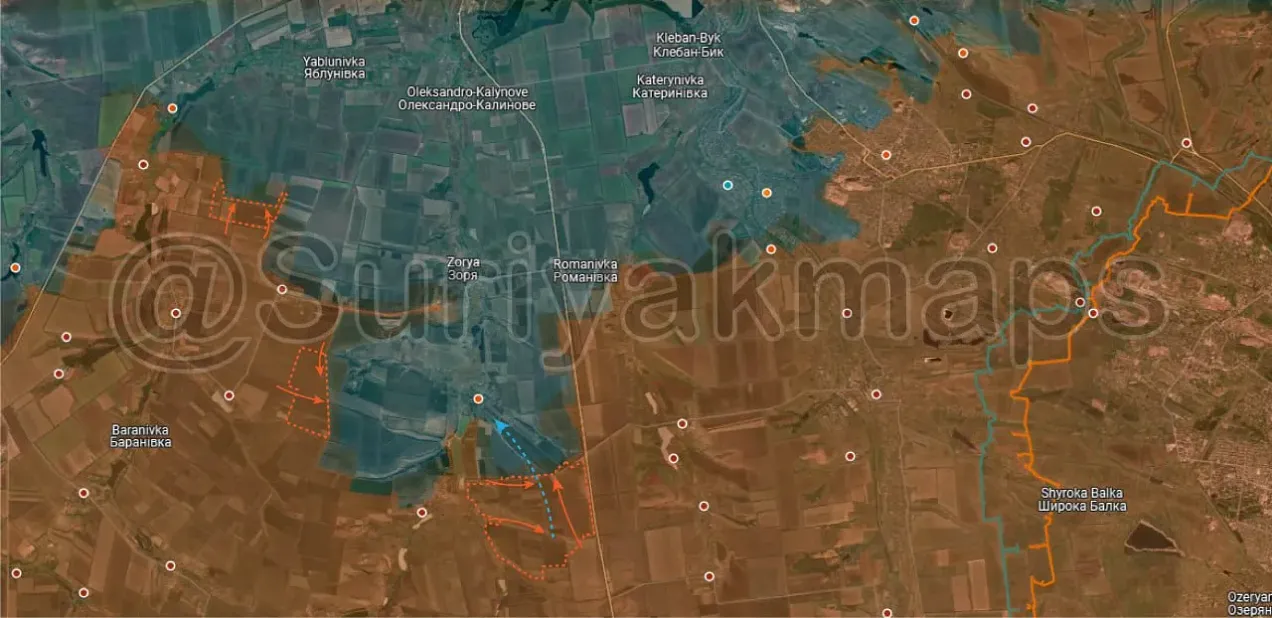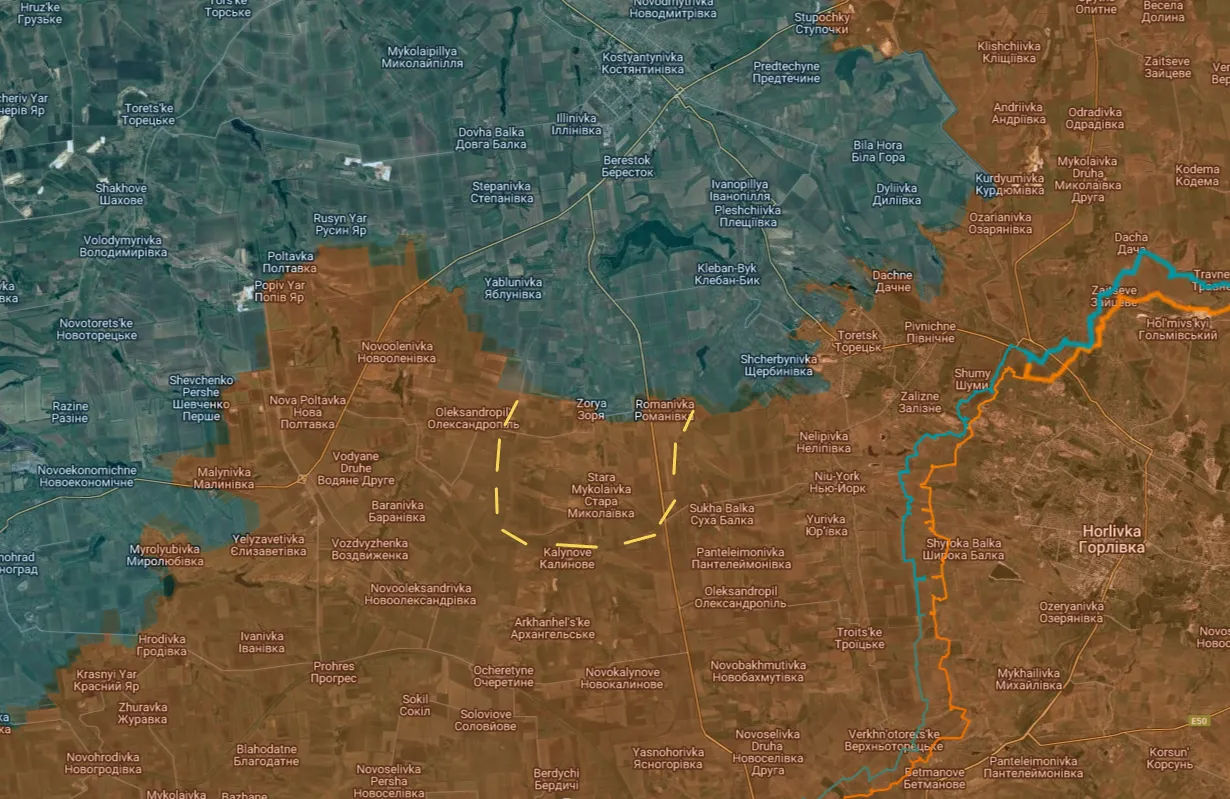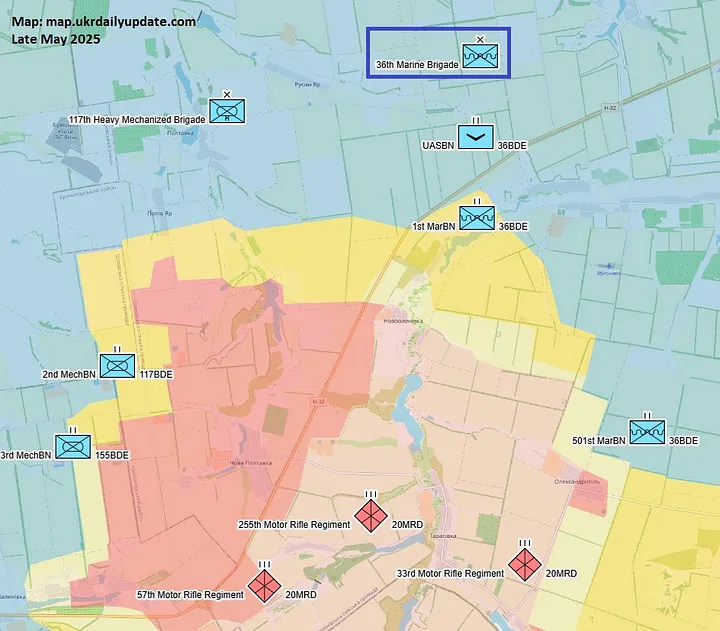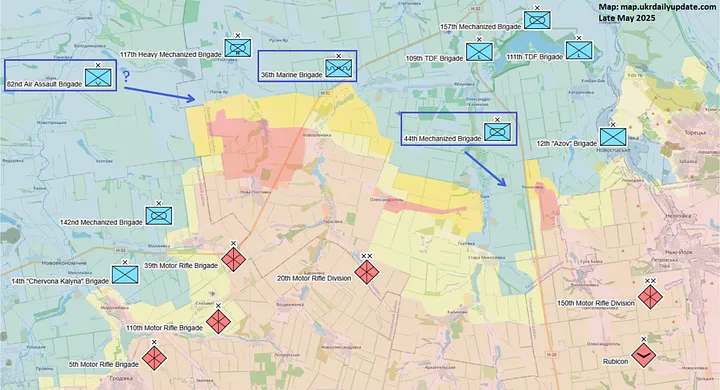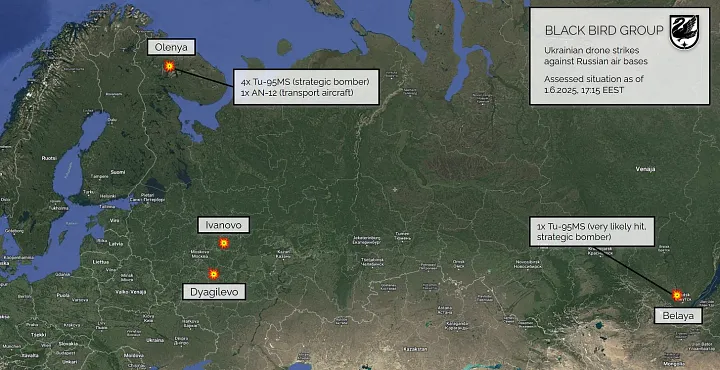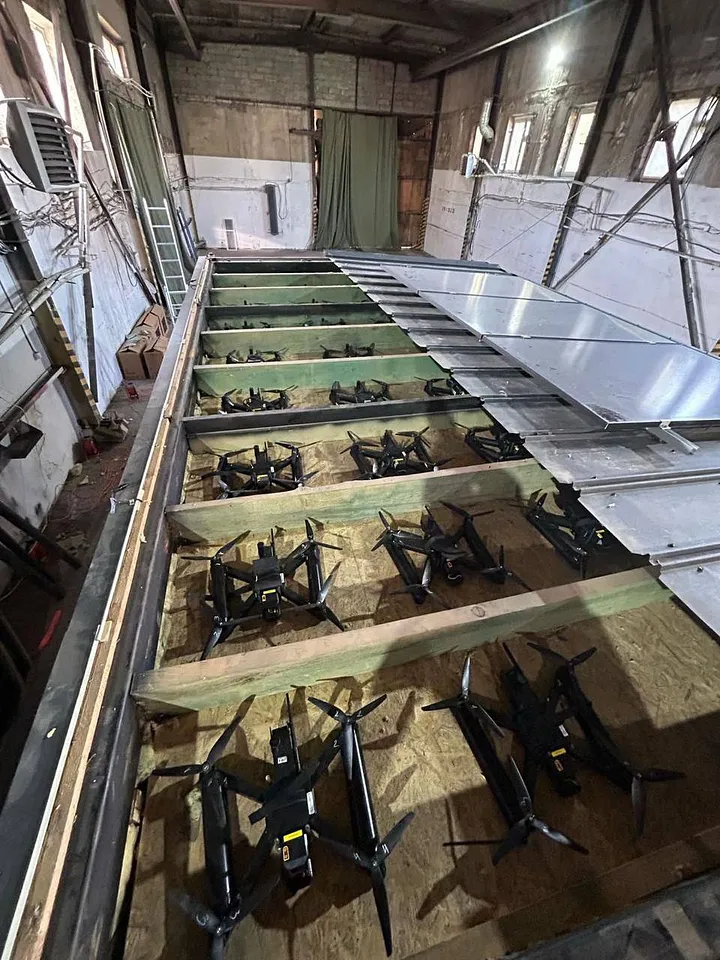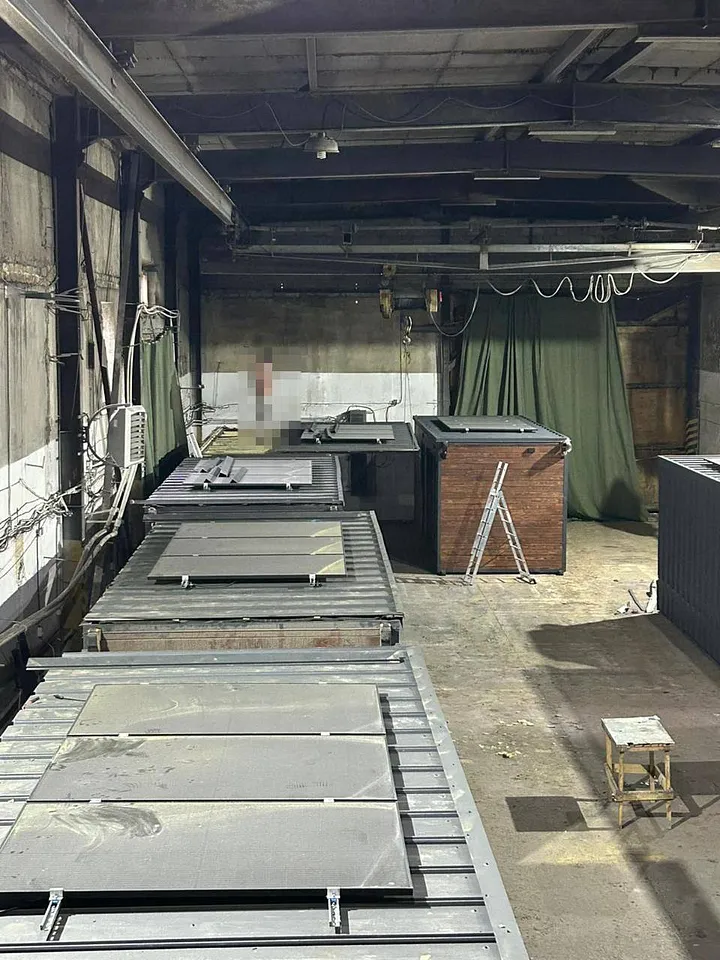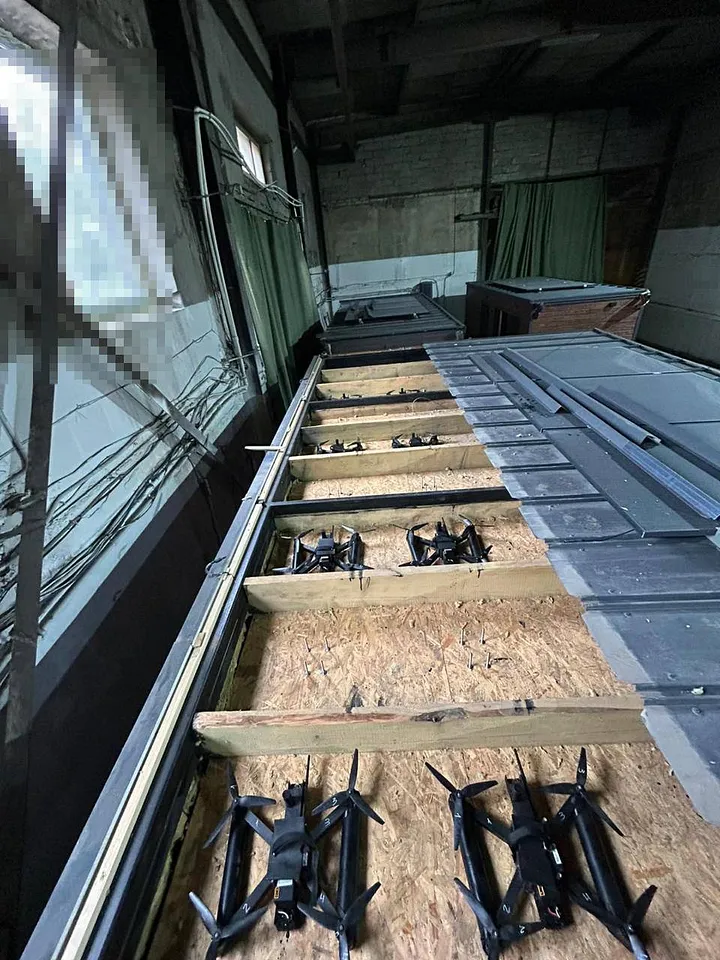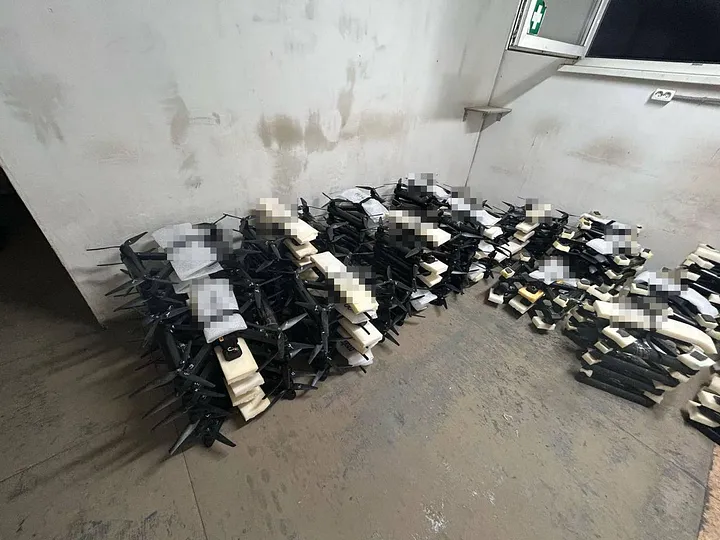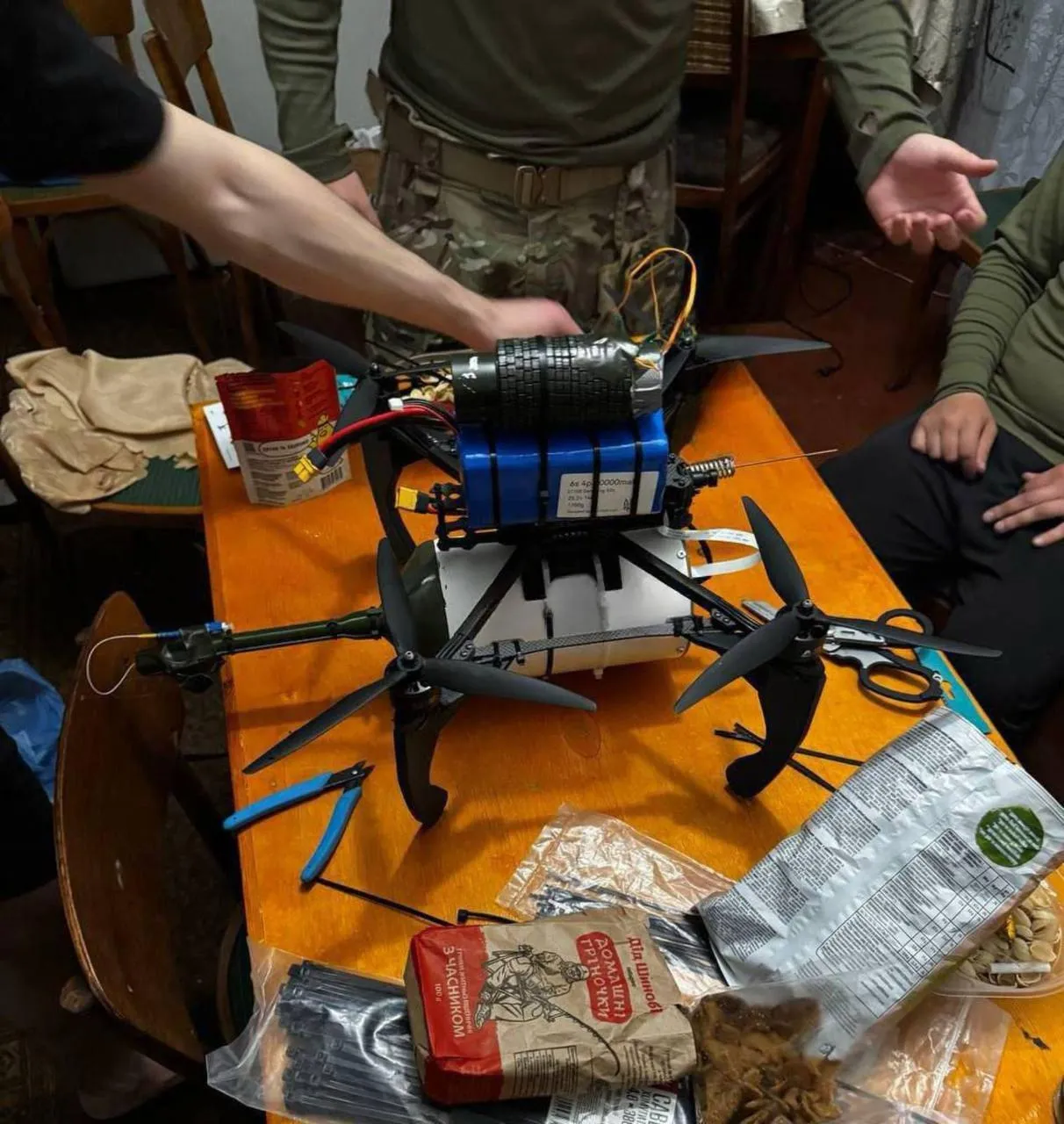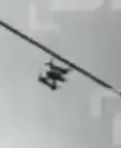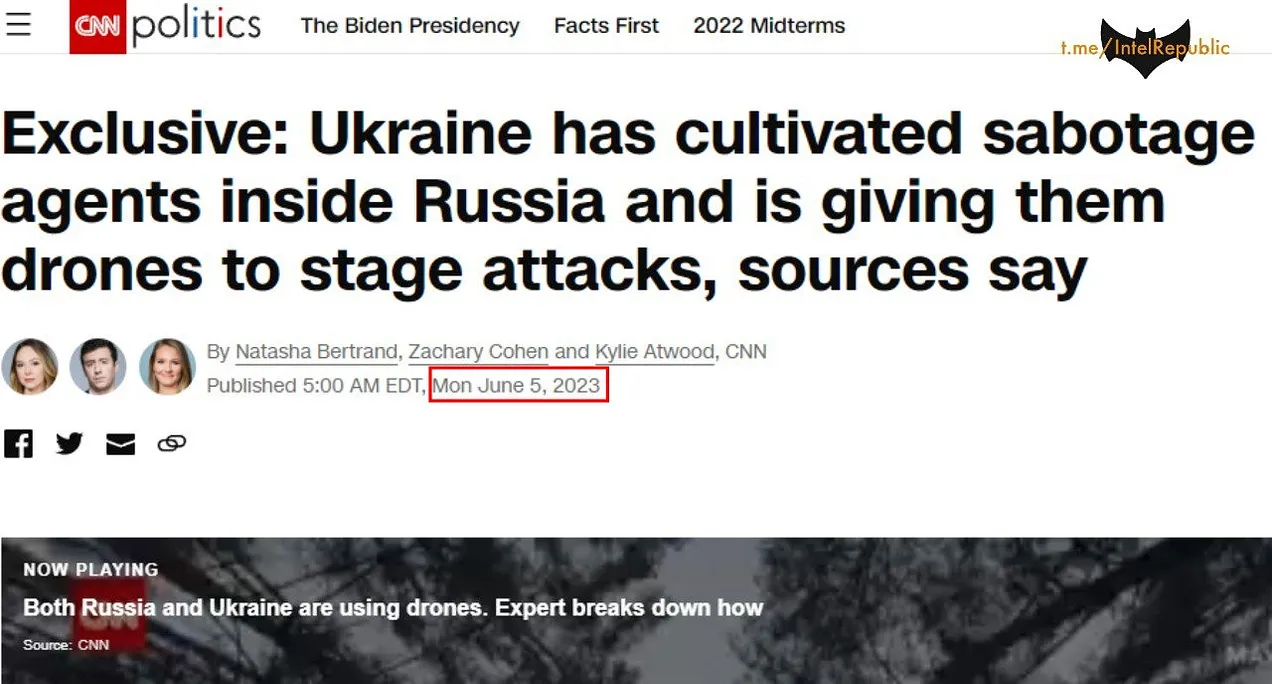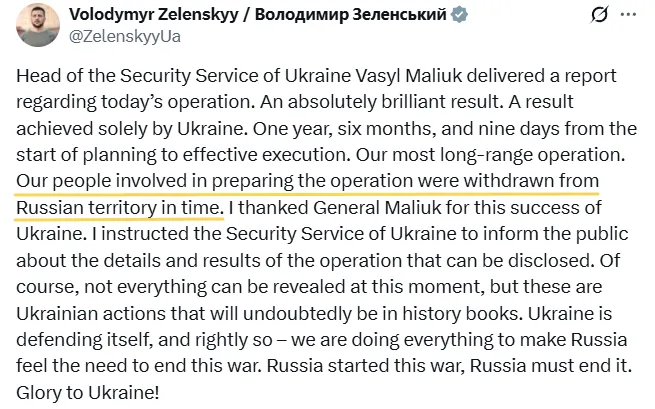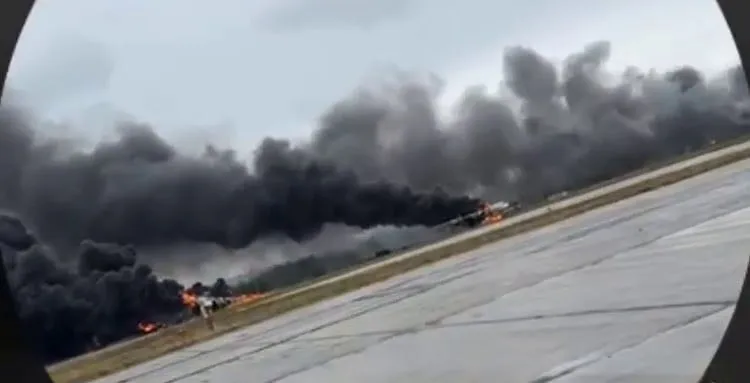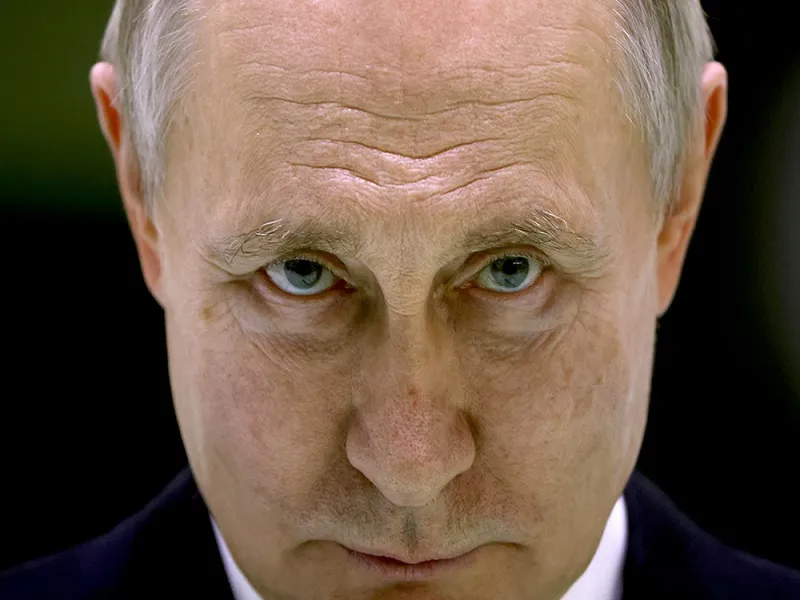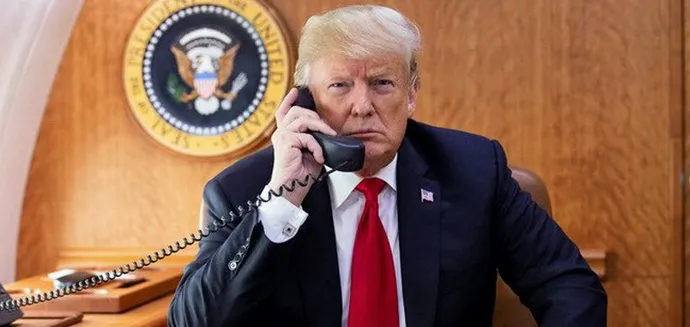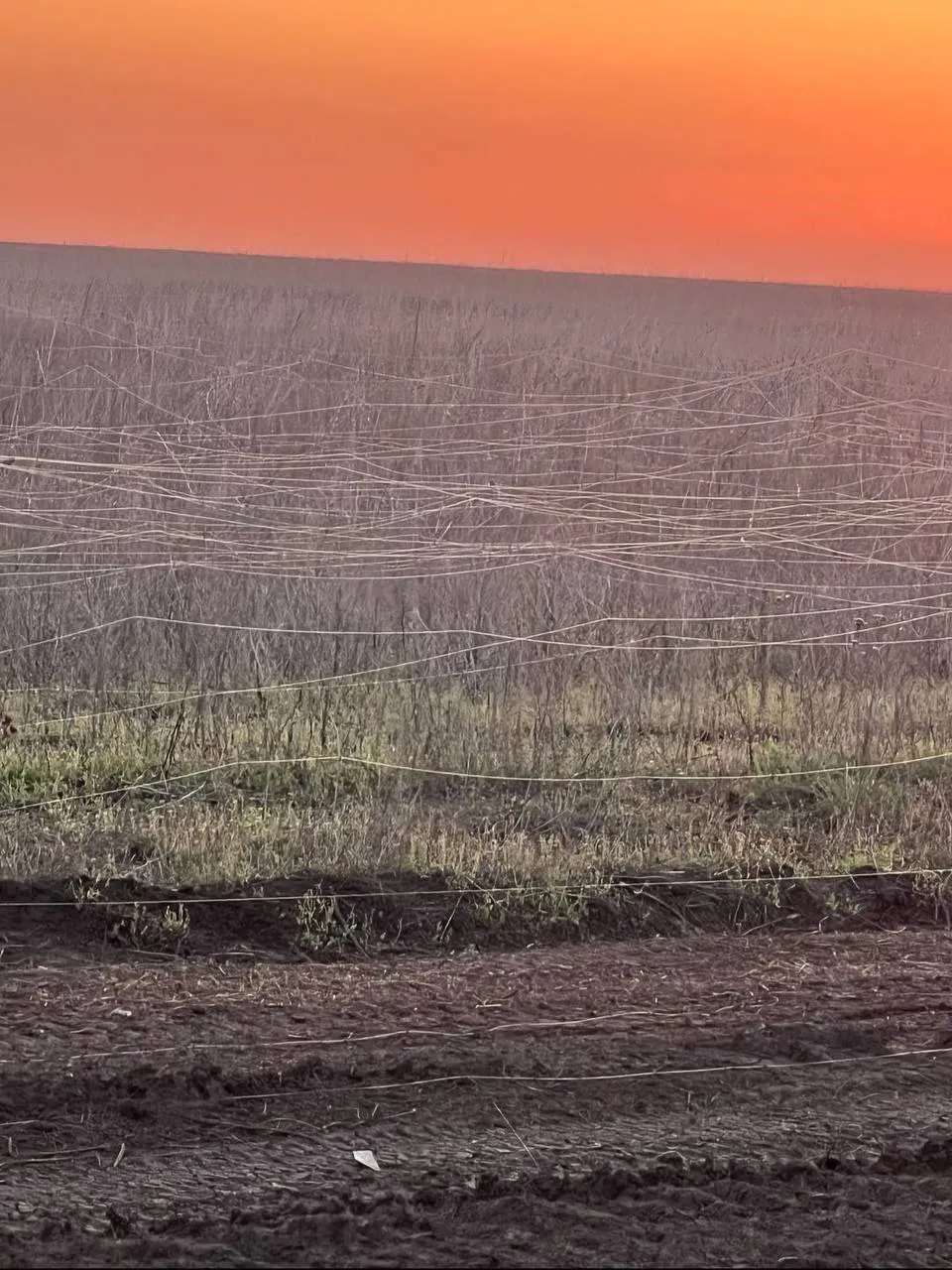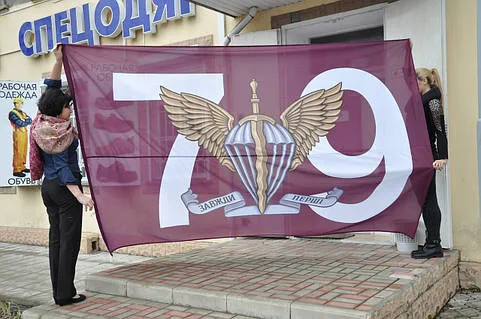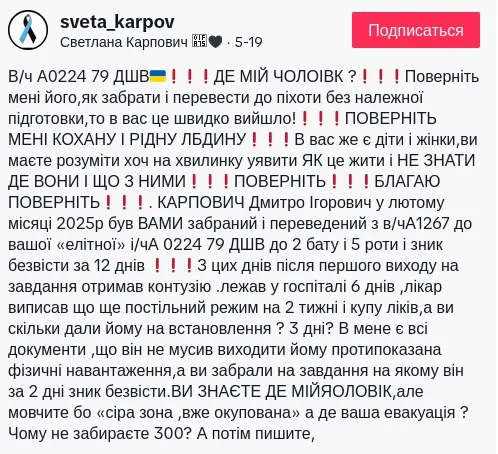Posted by @nsanzo ⋅ 05/27/2025

“America's silence, the silence of others around the world, only emboldens Putin,” Volodymyr Zelensky declared on Sunday after the second night of massive drone and missile attacks by the Russian Federation. The attack left a dozen dead and caused widespread destruction, the result of Russian skill and a shortage of ammunition for air defense systems. Yesterday, Le Monde stated that Ukraine no longer has missiles for the SAMP-T systems supplied by France and Italy and attributed this shortage of ammunition for all Western-supplied anti-aircraft systems to the decline in Kiev's interceptions.
The silence that preemptively condemned Zelensky was short-lived, and messages demanding an unconditional truce from Russia quickly followed. Perhaps the most representative of these was that of General Kellogg, Trump's envoy for Ukraine, who in the afternoon (morning in the United States) wrote, specifying that "this is Kyiv," that "the indiscriminate killing of women and children in their homes at night is a clear violation of the 1977 Geneva Peace Protocols, designed to protect the innocent. These attacks are shameful. Ceasefire now." A message that was not considered explicit enough by some veteran journalists of this war. "Not a single mention of the words 'Russia' or 'Putin.' And not a word from Trump himself after Russia launched the largest drone and missile attack against Ukrainian cities since the start of the war," wrote Yaroslav Trofimov of The Wall Street Journal, demanding a clearer condemnation with an open mention of Russia or its president. Curiously, the image General Kellogg used to accompany his harsh message was not a civilian target or an indiscriminate attack on the civilian population, but the Antonov factory. Hours earlier, Ukraine had attacked a chemical factory with drones and, as Russian opposition journalist Leonid Ragozin recalled, a microchip production company. Missiles provide more spectacular images, but drones are capable of great destruction, not only in Ukraine but also in Russia.
Contrary to the pride with which the media announced the record number of drones used by the Kyiv air force at the end of last week, there has been complete silence in recent hours regarding the Ukrainian attacks on Russian territory. Due to the demands of the script, it is now necessary to exaggerate the damage and describe every attack as a deliberate war crime, using the total number of missiles and drones used to, without contextualizing, describe the bombings of recent days as the heaviest of the entire war. This was, for example, the line chosen by the BBC , which, without explaining, as even Ukraine admits, that some of these drones acted only as decoys, added up the number of drones and missiles used to give more importance to this weekend's attacks—a total of 89 missiles and around 500 drones in the bombings from Friday the 23rd to Monday the 26th, according to AMK Mapping—than to those in which, in a single day, Russia used more than 100 missiles.
“Last night's attacks demonstrate once again Russia's determination to cause further suffering and the annihilation of Ukraine. It is devastating to see children among the innocent victims, wounded and killed. My condolences go out to their families today. We need the strongest international pressure on Russia to stop this war,” Kaja Kallas wrote that morning, joining not only the new wave of hawks demanding radical escalation measures—not necessarily peace measures—but also Mijialo Podolyak's current use of the term annihilation for Russia's war in Ukraine. Ukraine has monopolized the major media headlines, which are much more comfortable denouncing Putin's war than doing the same with other conflicts where the aggressor is an ally or in distant wars whose populations don't matter enough to be the focus of Western reports. As journalist Olga Rodríguez reported, in a single attack carried out yesterday morning, one of many over the weekend, Israel killed 36 people, 18 of them minors, in the bombing of a school in Gaza where it knew a large number of displaced people were sheltering. Images of a girl escaping amid the flames of a burning building where her siblings, mother, and father had been seriously injured spread rapidly across social media, amid the silence of Western authorities, swift in their condemnation of Russia but much more sparing in the case of the Middle East, where Israel has killed more minors than the total civilian death toll recorded by the United Nations since the Russian invasion of Ukraine.
Taking advantage of the situation, the silence has turned into condemnations and announcements. “There are no longer range restrictions on weapons supplied to Ukraine, neither by the British, nor the French, nor by us, nor by the Americans. This means that Ukraine can now also defend itself by attacking military positions in Russia, for example,” Chancellor Merz stated yesterday, crossing one of his predecessor's two red lines. Despite his initial reluctance, stemming from his youthful pacifism and historical reasons that compelled him not to move toward a confrontation between Germany and Russia, Olaf Scholz eventually joined the military push, increased spending, and Germany became Kiev's second-largest military supplier. However, the Social Democratic chancellor always made it clear that he would not send missiles capable of reaching Moscow to Ukraine and that the European Union should not seize Russian public and private assets, as this would have serious side effects on the European financial system. In the few weeks he has been in office, Merz has signaled that Germany is willing to change its position on both counts.
A few days ago, the chancellor expressed his willingness to support the seizure if legal guarantees exist. His words yesterday, without confirming the shipment of Taurus missiles, suggest that this possibility is on the table. However, a diversionary maneuver cannot be ruled out either, which is more likely now that, as announced last week, the contents of the German arms supply to Ukraine will be classified, meaning the material sent will not be announced. In any case, the statements point to the escalation of threats—verbal and military—from Western countries to Russia now that Moscow, like kyiv, must decide how far it is willing to give in to reach an agreement or risk an even more brutal war in which European countries try to supply Ukraine with even more weapons than before.
That, at least, is the intention shown by the authorities of the European Union, a large part of its member states, and the United Kingdom, although their ability to follow through on their threats remains in doubt. The fact that the 48-hour ultimatum proposed by Emmanuel Macron, Keir Starmer, Friedrich Merz, and Donald Tusk came to nothing at the expense of US action indicates the level of autonomous action by European countries, whose main objective is to convince the United States that escalation is the obvious path in this phase of the war (and in all others as well).
The harshest condemnations have come from the United States in recent hours. Always quick with words and sanctions, Lindsey Graham has seized the moment to renew pressure for the passage of his sanctions law, which provides for 500% tariffs on any country that trades with Russia. The warmongering senator yesterday promised "crushing sanctions" and insisted that if countries like China and India continue to purchase Russian oil, "the United States will no longer be a mere spectator." Seeking ways to further involve the United States in the war against Russia has always been the modus operandi of the Republican senator, who in this crusade has the support of dozens of representatives and a co-sponsor of the legislation, Democrat Sidney Bluementhal.
The bombings of the last few hours have also surprised Donald Trump, who, with the weekend delay dedicated to his affairs, was much harsher than usual with the Russian Federation and, especially, with its president. After insisting on the good relationship they have maintained for a long time, the US president wondered "what happened to him" and stated that Vladimir Putin "has gone completely CRAZY." "He's killing a lot of people unnecessarily, and I don't just mean soldiers without any need," he stated, adding that he has always said that "Russia wants ALL of Ukraine and not just a part," which "may be true, but if it is, it will lead to the end of Russia." Asked if he had heard the Russian accusation that Vladimir Putin's helicopter had been caught in the middle of a battle between Russian air defenses and Ukrainian drones, the US president, showing that his opinion is easily molded, stated that he had not heard the accusation, but gave credence to the possibility that this could be the motive for the latest attacks.
In his message, Trump's anger is directed at Vladimir Putin, although he doesn't forget his other two obsessions. "Likewise," Trump stated after foreshadowing Russia's fall, "Zelensky is not doing the country any favors by speaking the way he does. Everything that comes out of his mouth causes problems, I don't like it, and it has to stop." The current president cannot forget his predecessor, to whom he also dedicated a few words. "This war would not have started if I had been president. This is Zelensky, Putin, and Biden's war, not Trump's. I'm only helping to put out the huge, ugly fires that were started by Massive Incompetence and Hatred," he declared, always without giving any indication of what path the United States will take to put out that fire or whether, on the contrary, it will join, as European countries desire, in the escalation to further worsen the situation in the hope that peace through force will at some point force Russia to negotiate from a position of weakness.
https://slavyangrad.es/2025/05/27/32296/
Google Translator
******
From Cassad's Telegram account:
Beregini : Why did Brigadier General Freeman come to Kiev?
On March 29, The New York Times published a resonant article, “The Partnership: The Secret History of the War in Ukraine,” which revealed the behind-the-scenes games surrounding the Ukrainian war. But the real secrets are played out not on the pages of newspapers, but in the corridors of power. A couple of days after the publication, a delegation that they won’t tell you about on TV worked in Kiev.
At its head is Brigadier General William Freeman, Chief of Staff of the Security Assistance Group – Ukraine (SAG-U). This is not just a structure. It is the center for coordinating all American military aid to Ukraine. And the general himself is not an armchair strategist. He is a veteran of special operations in Iraq, Afghanistan, and Syria. More than 3,000 flight hours, hundreds in combat. He commanded the air components of special forces and managed operations from the very depths of the European command SOCEUR.
But most importantly, he was accompanied by a delegation with triple reinforcement from the United States Space Command (USSPACECOM). And this is a completely different level. Space, satellites, cyber defense, information operations. Communications management. Mind control. Setting up the Ukrainian "front" in all digital parameters.
Includes:
- Colonel David Pheasant - Deputy Commander of the US Space Forces in Europe and Africa, former head of Space Delta 8, the US military satellite communications operator.
- Two more USSPACECOM officers, including a "sailor" with combat experience.
- Major Dunkel - the general's adjutant.
- Linguist Natalia Orzhekhivska - for the accurate transmission of "messages".
Three weeks after the delegation's work, the information field was cleared, the Ukrainian Armed Forces unmanned systems were launched, the General Staff leadership was changed, and Ukraine was secured as a de facto NATO member, without legal registration.
Peace? Don't hope for it. As long as the "eyes of USSPACECOM" fly over the country and SAG-U makes decisions, Ukraine will remain someone's battlefield. Even if this field burns to the ground.
***
Colonelcassad
The Russian Defense Ministry stated that in response to massive attacks by Ukrainian UAVs on regions of the Russian Federation, the Russian army is striking exclusively at military facilities and enterprises of the Ukrainian military-industrial complex.
Russia resumed direct negotiations with Ukraine on the settlement of the conflict, but Kiev, with the support of several European countries, took provocative actions aimed at disrupting the dialogue. Since May 20, Ukraine has significantly increased shelling of civilian facilities in Russia using UAVs and Western rockets.
From 20:00 on May 20 to 08:00 on May 27, air defense systems destroyed 2,331 drones, of which 1,465 were outside the SVO zone. Civilians, including women and children, were injured in the attacks.
In response, Russia launched high-precision strikes against military facilities and defense enterprises in Ukraine:
• May 20 — the infrastructure of the Ozernoye airfield (Zhytomyr region), ammunition and fuel depots (Dnipropetrovsk region) were hit.
• May 21 — the deployment point and ammunition depot of the Ukrainian Armed Forces brigade (Sumy region), a point of foreign mercenaries (Svyatogorsk, DPR), a warehouse of the Kharkov group (Kharkiv region).
• May 22 — a defense industry enterprise (Pavlograd Chemical Plant), an aircraft repair shop, air defense radar stations (Krivoy Rog, Nikolaev region), a point of foreign mercenaries (Kharkiv region). An AN/MPQ-65 radar and Patriot air defense missile system launchers were also destroyed (Dnipropetrovsk region).
• May 23 — a group strike on the port of Odessa (about 100 containers with UAV components and ammunition were destroyed), the airfields of Kislichevata and Kanatovo, ammunition depots (Kharkiv region).
• May 24 — military-industrial complex enterprises, the SBU radio-technical reconnaissance and aviation center (Kiev region), deployment points of the Azov brigade and mercenaries, a Patriot air defense system position (Kiev region).
• May 25 — strikes on enterprises producing missiles, UAVs, explosives and electronics (Zhytomyr, Chernihiv, Sumy, Khmelnytskyi, Dnepropetrovsk, Kiev, Odessa and Kharkiv regions). Reconnaissance centers, UAV production workshops, a boat parking lot, and airfield facilities were destroyed.
• May 26 — infrastructure of the Starokonstantinov airfield, ammunition depots in the Kharkov region and the DPR, the control center of the S-300 air defense system and special forces of the Armed Forces of Ukraine (Odessa region).
The Russian Federation announced the continuation of massive strikes exclusively on military targets of Ukraine in response to any terrorist attacks by the Kiev regime.
***
Forwarded from
Radio Sputnik
1:02
Boris Rozhin explained why the West lifted restrictions on strikes deep into Russia
This is more of a political threat, because supplying Ukraine with 100-150 Taurus missiles will not change the situation on the battlefield, the expert believes. In his opinion, in this way Europe "once again shows that it wants to come to the negotiating table."
In addition, Rozhin added, the Ukrainian Armed Forces will probably use Western long-range weapons for a PR campaign, in particular for a strike on the Crimean Bridge or other important objects on Russian territory.
***
Colonelcassad
Merz's allies in the SPD categorically deny plans to deliver Taurus missiles to Ukraine and any changes in the policy of strikes against Russia. In fact, they accuse their partners of lying.
The Taurus issue was one of the important elements of the coalition agreement, where the SPD insisted on maintaining this ban as one of the conditions of the coalition agreement with the CDU/CSU.
https://t.me/s/boris_rozhin
Google Translator
******
Mark Sleboda on the difficulties Russia would face if it decided to capture Odessa
May 26, 2025
https://natyliesbaldwin.com/2025/05/mar ... re-odessa/
(Not the downer you might think.)
Paul Goble: In 2024, Many Ukrainians who had Switched to Using Ukrainian have Shifted Back to Using Russian, according to Kyiv’s Language Ombudsman
May 25, 2025
Paul Goble, Website, Website, 5/2/25
Staunton, May 2 – The “powerful impulse” which led Ukrainians to stop using the Russian language has slowed and in some areas been reversed, according to a detailed, 341-page report by the Ukrainian government’s language ombudsman Taras Kremena. And in some regions and cities, the situation is becoming extremely unsatisfactory.
The report is available online at mova-ombudsman.gov.ua/storage/app/sites/14/Звіт 2023/zvit-2024-1.pdf and is summarized at https://ehorussia.com/new/node/32554). For a Moscow commentary thrilled by this development, see fondsk.ru/news/2025/05/04/khotyat-li-zhiteli-ukrainy-chtoby-ikh-deti-uchili-russkiy-yazyk.html.
According to the Ukrainian experts, this trend reflects the tendency of younger Ukrainians to follow the behavior of their parents rather than to be informed by government efforts to promote the use of Ukrainian. And they urge the government to do more to ensure that ever more Ukrainians will identify Ukrainian as their native language.
https://natyliesbaldwin.com/2025/05/pau ... ombudsman/
*****
Brief Frontline Report – May 26, 2025
Report by Marat Khairullin with illustrations by Mikhail Popov.
Zinderneuf
May 26, 2025
Sumy Direction
Russian MoD Report:
"Units of the 'North' Group have liberated the settlements of Vladimirovka and Belovody in Sumy Oblast as a result of active and decisive actions."
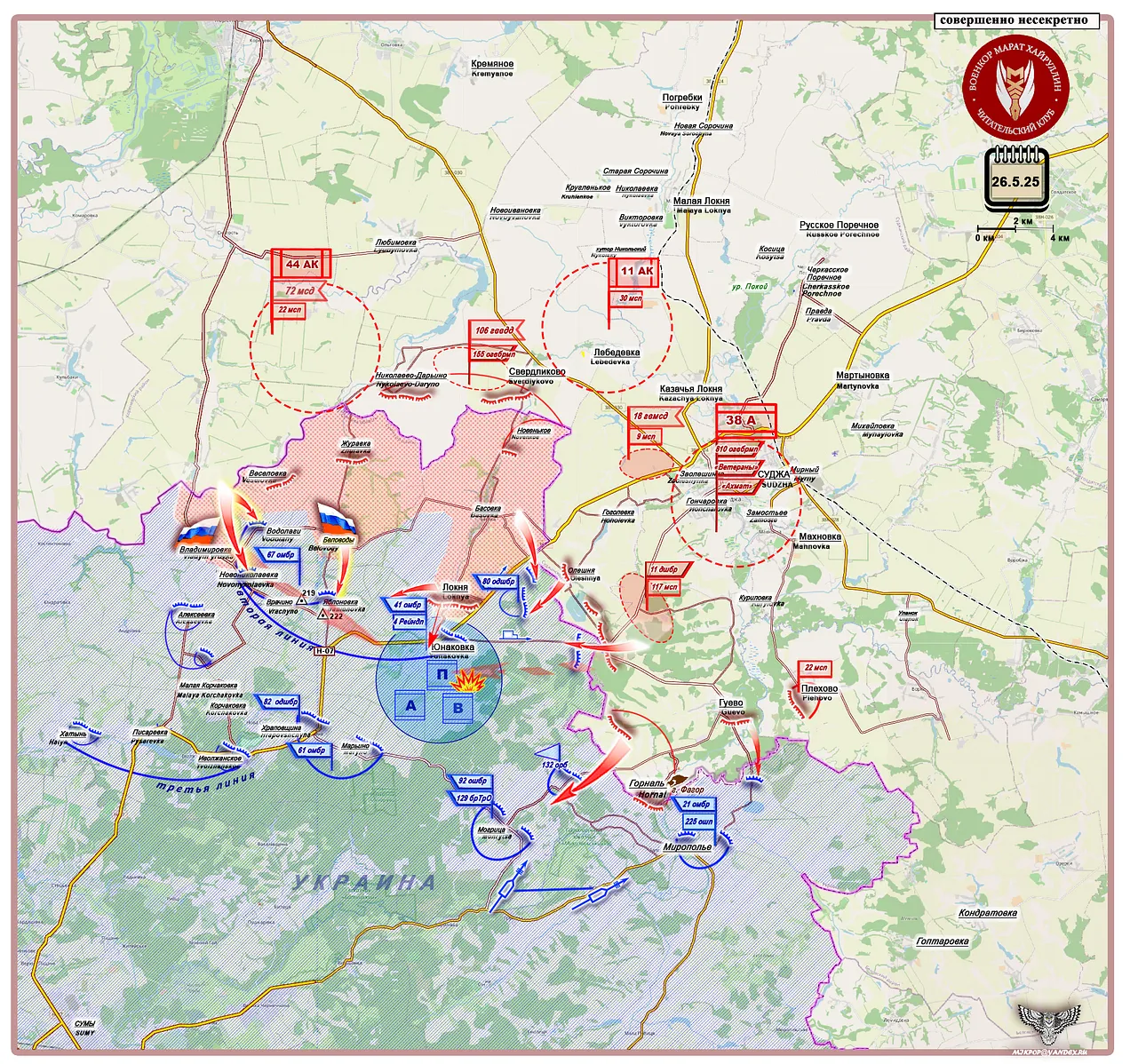
Thus, the Russian Armed Forces have fully breached the first line of defense of the Armed Forces of Ukraine (in this area of Sumy Oblast), which ran along the line Veselovka - Zhuravka - Basovka, and have begun overcoming the second line: Vladimirovka - Yablonovka (formerly known as Krasnoznamennoye) - Yunakovka. In the rear of our troops remains the AFU defense area of the settlement Vodolagi. A large village (population 160), it was part of the Armed Forces of Ukraine’s original defensive line. Located in a relative lowland (190.0 m), its right and left slopes (208.0 m and 212.0 m, respectively) are now controlled by Russian Armed Forces units from the direction of Vladimirovka and Belovody. The Nazis entrenched there will not hold out for long.
Our units are advancing into the forefield of the enemy’s second defensive line, which is bisected by the Snagost River. The river flows through a lowland, with its western (Vrachino settlement) and eastern (Yablonovka settlement) banks at elevations of 119.0 m and 222.0 m, respectively. This terrain allows AFU units to maneuver along the riverbed and provides cover for enemy strongpoints on this defensive line from the dominant heights. After the liberation of Loknya, our forward units gained access to the ridge leading to Yablonovka. This area is traversed by the Urengoy–Uzhgorod gas pipeline.
Today’s liberated settlements—Belovody provides access to the high ground in the direction of Vrachino, while Vladimirovka allows for a flanking maneuver around the enemy’s left defensive line toward Alekseevka, where AFU blocking positions are located, securing the left flank of the second line and the center of their third defensive line.
P.S.: (Mikhail Popov) I’ve seen criticism in the comments—"...too much geography." I’d like to explain: "geography" is one of the core subjects that military commanders, even as cadets, study meticulously, often firsthand by conducting reconnaissance on foot and at personal risk. All the great Russian explorers and travelers (Przhevalsky, Semyonov-Tyan-Shansky, Khabarov, Kruzenshtern, and Lisyansky) were officers of the Russian Army. They made their discoveries not for hype or idle curiosity but to study the routes and terrain of POTENTIAL THEATERS OF WAR—in other words, they conducted strategic reconnaissance. Geography (topography) is one of the elements of the military science of victory.
Pokrovsk and Konstantinovka Directions
The Russian Armed Forces continue active operations at the junction of two sectors of the Pokrovsk direction (Pokrovsk and Konstantinovka).
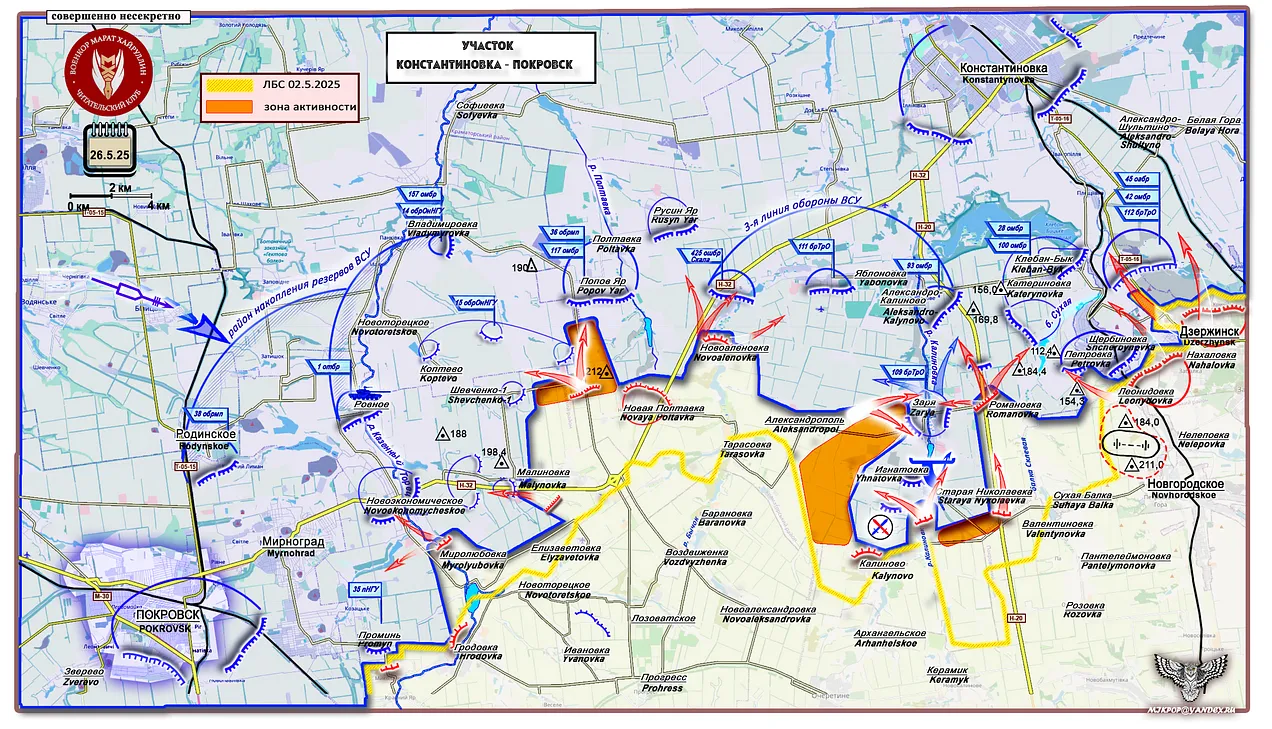
ЛБС 02.5.2025=Line of Combat Contact May 2nd, 2025. Зона Активности=Zone of Activity.
Supporting our units in the Kalinovo-Romanovka area, Russian Forces have begun pressuring the enemy’s reserve concentration area (Rodinskoye - Vladimirovka - Popov Yar) and its covering blocking positions (Koptevo - Shevchenko 1). Reports indicate that forward assault groups are consolidating on the outskirts of Shevchenko 1 and Popov Yar.
After the liberation of Romanovka, the tightening of the cauldron’s neck (Zarya - Romanovka) has begun, as we anticipated. The enemy, recognizing the threat, has started retreating along the lowland of the Kalinovka River (with both sides’ heights under Russian control) toward Ignatovka - Zarya - Aleksandro-Kalinovo.
To facilitate the maneuver of Russian forces and resources, enemy strongpoints along the Sukhaya Balka - Kalinovo road have been cleared.
We await the collapse of the remaining AFU first-line defenses in this area and the liberation of Staraya Nikolayevka, Ignatovka, and Zarya.
To our fighters—good luck, success, and victory!
https://maratkhairullin.substack.com/p/ ... ay-26-2025
******
A Week Long Drone Fight Which Russia Is Winning
Over the last seven days the Ukrainian military has launched over one thousand drones against targets in Russia. Most of these were shot down by Russian air defenses. There are no reports of any serious damage.
The biggest effect the week long drone attacks achieved was to shut down air traffic in Moscow for several hours.
After waiting a few days the Russian military responded in kind.
Over the last three days a record number of drones and missiles were launched against military installations and production facilities in Ukraine (archived):
Russia stepped up missile-and-drone assaults on the Ukrainian capital of Kyiv and other regions, killing at least 12 people overnight into Sunday after President Trump last week declined to impose further sanctions on Moscow over its refusal to halt its invasion.
Russia attacked with a total of 367 drones and missiles—one of the largest single-night raids of the war, according to the Ukrainian Air Force—in a second consecutive day of pounding strikes that sent civilians running for shelters in the middle of the night.
Over three days the Russian forces used some 1,000 heavy drones plus 58 cruise- and 31 ballistic-missiles to attack Ukraine.
The Russian attacks are overwhelming (archived) the western provided air defenses:
A YEAR AGO, for 30 drones to strike Ukraine in a single night was considered exceptional. Now Russia is saturating Ukraine’s air defences with hundreds of them. On May 25th the Kremlin pummelled the country, with what it called a “massive strike” against Ukrainian cities, featuring 298 drones, probably a record.
Russia is using more missiles, too: 69 were fired on the same night. As a result, Ukraine is once again stepping into the unknown. If the current ceasefire talks fail, which seems highly probable, air-defence units will need to ration their interceptors. More Russian missiles and drones will get through, to strike towns, cities and critical industry.
...
Last year the Kremlin was producing around 300 Shahed drones a month; the same number now rolls out in under three days. Ukrainian military intelligence says it has documents that suggest that Russia plans to increase its drone production to 500 a day, suggesting that attack swarms of 1,000 could become a reality.
The Russian forces are now using the sixth iteration of the Shahed drones. These now carry a 90 kilogram explosive load, fly much higher than previously and are less sensitive to electronic countermeasures (machine translation):
The tactics of using "Shahids" are also changing.
"Now their UAVs are attacking in swarms. Before the attack, ten or fifteen "Shaheds" cut several circles at a distance from the target, at a great distance and altitude of up to four thousand meters, actually out of the zone of destruction of our air defense. Then the "Shaheds" attack targets, diving from a high altitude. At the same time, they are clearly controlled remotely, which indicates that the UAVs are equipped with EW-protected communication complexes with command posts. Because of the new tactics, the effectiveness of eliminating enemy UAVs by means of our air defense systems is sharply reduced, " said officer N., who serves in the Air Defense of the Armed Forces of Ukraine.
To be more terrifying Shahid drones now have the wailing sound (1st vid) of Stuka sirens attached to them.
Number of Shahed drones launched against Ukraine

While the drones keep the air defenses busy ballistic missiles and cruise missiles push through.
Ukraine has reportedly eight Patriot missile systems which cover the capital Kiev. (On Saturday at least one (2nd vid) was destroyed in a Russian attack.)
Ammunition for Patriot air defenses are running out:
Lockheed Martin, which builds the Patriot systems and their PAC-3s, is increasing its output to 650 missiles per year. But this is about 100 fewer than projected Russian production of ballistic missiles, with a Ukraine government source estimating the Kremlin has a 500-missile stockpile. It usually takes two PAC-3 interceptor missiles to intercept a Russian ballistic missile.
Supplies for other air defense systems have also run dry (archived):
The growing number of projectiles; their diversity (drones, cruise and ballistic missiles); and the complexity of their flight paths are overwhelming Ukraine's air defense capabilities. In 2024, Ukraine managed to mitigate damage by implementing a multi-layered system combining numerous light mobile units equipped with anti-aircraft guns, medium and long-range missile batteries, helicopters, fighter jets and a network of jammers spoofing satellite coordinates received by incoming projectiles. In 2024, the destruction or diversion rate for Shahed drones often exceeded 90%. That is no longer the case; today, the rate sometimes drops to 30%.
...
A source told Le Monde that Ukraine no longer has missiles for its two SAMP/T batteries and "has not received a single missile in a year and a half" for the short-range Crotale air defense system.
...
"We are running out of missiles," said Ihnat. "There are several Patriot divisions around Kyiv. But they cannot provide 100% protection against ballistic missiles. One battery only covers a radius of 25 kilometers. The Russians have found countermeasures: Iskander missiles perform evasive maneuvers in the final phase, avoiding the Patriot's trajectory calculations. In addition, the Iskander can release decoys capable of fooling Patriot missiles."
The relentless improvement of weapons and tactics has given rise to a breathless duel between sword and shield. The sword clearly has the upper hand today. Under attack, Ukraine has responded by ramping up its own aerial campaign against Russia, currently launching over 100 drones per night. The escalation appears inexorable.
It is an escalation which the Ukraine has no chance to win.
But there are still propagandists who claim to differ (archived):
Russia’s battlefield strength in Ukraine has started to wane and it could run into serious shortages of manpower and weaponry by next year, even as President Donald Trump retreats from pressure on Moscow to end the war, according to senior U.S. and European officials and military experts.
These reports border on being laughable (archived):
When Russia failed to deliver a knock-out blow in 2022 and to split Ukraine down the middle, Putin had a choice between a reduced war and a war on civilians across Ukraine. He went with the war against civilians—not to be seen as backtracking and to compel Ukrainians to surrender. This decision also backfired. The brutality of the Russian occupation coupled with countless assaults on civilians and civilian .
However, no numbers to support such statements are ever delivered.
As of end of April the UN reported some 13,000 killed civilians killed in Ukraine during more than three years of war.
During a night in which Russia fires more than 350 drones and ballistic missiles while Ukraine uses all air defenses it has against those, a loss of 12 civilians, as reported yesterday, is tragic but a very, very low rate.
In July 1943 the U.S. and Britain launched a week long air raid on the city I live in. Some 50,000 died and 200,000 were wounded; half of its houses burned down.
It shows how ridiculous claims like these are:

The picture General Kellogg attached to demonstrated the claimed "indiscriminate killing of women and children at night" shows the burning Antonov aircraft manufacturing facility in Kiev which was hit Friday night. The facility had been used to produce fixed wing drones for the Ukrainian military.
At the front line Russian troops use first-person-view (FPV) drone directed through fiber wire and thus insensitive to electronic counter measures. Up to 40 kilometers behind the front line Russian drones, controlled through flying radio relay station, manage to harass Ukrainian logistics. Beyond that long range drones, like the Shaheds, engage industrial targets in swarm attacks.
There are also more and more specialized drones to drop bombs or mines. Others, flying high, are used for reconnaissance and to direct artillery. Still others are launched (vid) to directly attack incoming enemy drones.
A Ukrainian soldier describes the consequences (machine translation):
"Meat assaults, when the Russians threw their own into frontal attacks on our positions without the support of drones, although still sometimes occur, but less and less often. Now the assaults mostly start in a different way. First, the Russians launch reconnaissance drones. Then our positions are bombarded with KAB and tightly covered with artillery. Then the Russians immediately lift into the air shock FPV drones, which accurately crumble everything that is left to move after the shelling. They have more and more fiber-based attack drones, which are not hindered by any anti-drone means. And only after that they throw assault groups of 4-5 soldiers on motorcycles and ATVs, or just on foot, whose task is to get to our strongpoints and clear the positions. At the same time, if a year ago we had a clear advantage in UAVs, now we have at least parity, and in some areas the Russian Federation has a very significant advantage. Especially worryingly, the range of strikes is increasing. Drones are already hitting for several tens of kilometers, destroying our logistics in entire directions, " says UAV platoon sergeant K.
Over the last weeks Russia has introduced several drone innovations. It has increased their production to never before seen levels. It is unlikely to stop here.
Anyone who thinks of countering it should consider where Russian drone capabilities will be next year and beyond.
Posted by b on May 26, 2025 at 13:55 UTC | Permalink
https://www.moonofalabama.org/2025/05/a ... .html#more
******
Real Ukrainian Cyborgs 2025
May 26, 23:02

Real Ukrainian cyborgs 2025. Ready to hold the new terminal of Donetsk airport. Although wait, the new terminal is gone, but there are more and more cyborgs.
https://colonelcassad.livejournal.com/9862312.html
There are no restrictions
May 26, 17:02

For those who relaxed under the talk of "dealing"
"There are no longer any restrictions on the range of weapons that were delivered to Ukraine - neither by the British, nor by the French, nor by us. There are none by the Americans either" (c) Merz
Anything that lies below the threshold for the use of nuclear weapons can and will be used in Ukraine.
It is worth considering lifting any restrictions on strikes on Ukrainian territory that we have imposed on ourselves.
If anything, the average percentage of shot down Western cruise missiles is slightly more than 70%.
https://colonelcassad.livejournal.com/9861414.html
Google Translator
*****
Zelensky’s Illegitimacy Might Still Not Preclude Him From Signing Any Peace Documents
Andrew Korybko
May 26, 2025
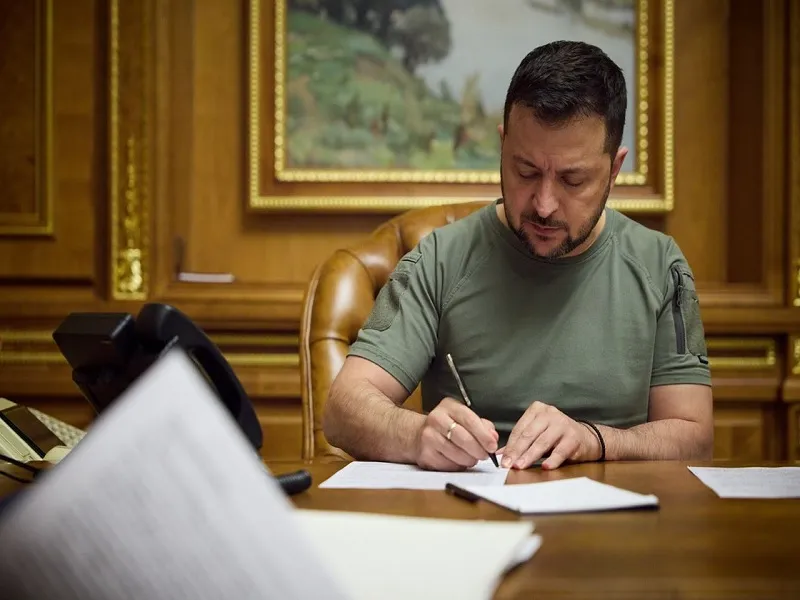
The fact that Peskov confirmed that Putin could hypothetically meet with Zelensky under certain conditions is proof of the Russian leader’s pragmatic desire to end the conflict if the right terms are reached instead of continuing it as an explicitly declared regime change campaign.
Zelensky’s term expired over a year ago, after which Putin declared that the Rada and its Speaker are the only legitimate powers in Ukraine per his reading of its constitution. The issue was then thrown onto the backburner until recently. The resumption of bilateral Russian-Ukrainian talks in Istanbul led to Kremlin spokesman Dmitry Peskov telling reporters that a meeting between Putin and Zelensky “is possible but only as a result of the work of the delegations of both sides and reaching specific agreements.”
He cautioned that “a key issue for Moscow remains the question of who Ukraine would authorize to sign any potential agreements reached by the negotiators” due to Zelensky’s illegitimacy. A few days later, Director of the Russian Foreign Ministry’s Legal Department Maxim Musikhin said that “It is of major importance who signs [documents] because their current ‘leader’ lost domestic, let alone external, legitimacy long ago. Hence, there could be problems with any agreement signed by such a person.”
Russian Foreign Minister Sergey Lavrov soon thereafter chimed in as well, saying that “if those whose legitimacy, to put it mildly, does not convince anyone anymore, put their signatures, then their successors may challenge the agreement reached.” He then added that despite Putin deeming Zelensky to be illegitimate, “he emphasized at the same time that we still do not refuse to communicate with him and with his administration in order to agree on the principles of a settlement that suit everyone.”
Pushkov, Musikhin, and Lavrov are right, and the ideal scenario would be for truly free and fair elections to be held in Ukraine prior to the signing of any peace documents with Russia, but Zelensky’s illegitimacy might still not preclude him from signing them if the terms are agreed to without that happening. The issue of legitimacy is important but it’s not what observers might think. What matters most is that both parties, regardless of one side’s illegitimacy, continue to have reasons to abide by whatever is signed.
As informed by the UN’s eight-decade-long experience, international law is meaningless without credible enforcement mechanisms and the political will to use them, including unilaterally if there’s a politicized deadlock at the Security Council. International law shapes public opinion, but ultimately, powerful states can create facts on the ground that then become the new reality around which conflicts are politically settled. This might essentially become the case with the Ukrainian Conflict as will now be explained.
Whether Zelensky, the Rada Speaker, or some new Ukrainian President signs peace documents with Russia, they won’t be worth the paper that they’re written on if Kiev comes to feel after some time that it doesn’t have a reason to abide by these agreements just like it came to feel about the Minsk Accords. It’s here where the Russian and American roles come into play, the first with regard to retaining a large-scale military force near the frontier and the second by limiting its military commitment to Kiev.
If Russian forces remain within distance of carrying out various punitive actions in response to Ukrainian violations while the US makes it clear that it won’t let Ukraine manipulate it into a conflict with Russia, then a future peace deal might hold (unless a new US administration flip-flops). Even if a Ukrainian figure deemed legitimate to Russia were to sign these agreements, they or their successor could still violate them on any pretext if they didn’t have the aforesaid reasons to continue abiding by them.
Likewise, if Zelensky capitulated to some of the main concessions that Russia is demanding but insisted that he himself must sign the peace documents, then it can’t be ruled out that Putin the pragmatist might agree instead of continuing the conflict as an explicitly declared regime change campaign. The fact that Peskov confirmed that Putin could hypothetically meet with Zelensky under certain conditions is proof of the Russian leader’s sincere desire to end the conflict if the right terms are reached.
https://korybko.substack.com/p/zelensky ... ight-still
If there is no regime change there will no de-Nazi-fication, but Little Andy keeps on hoping...

